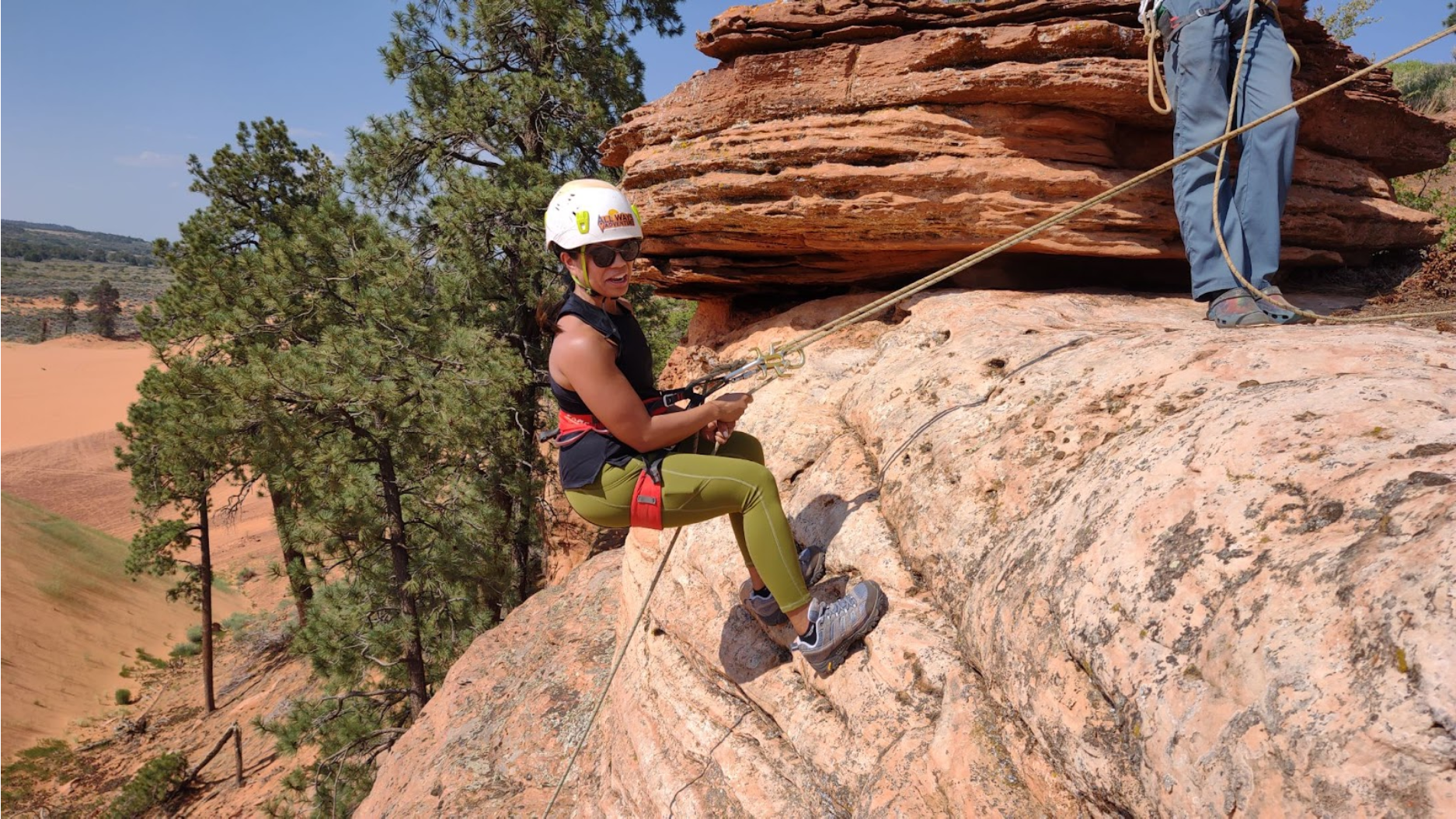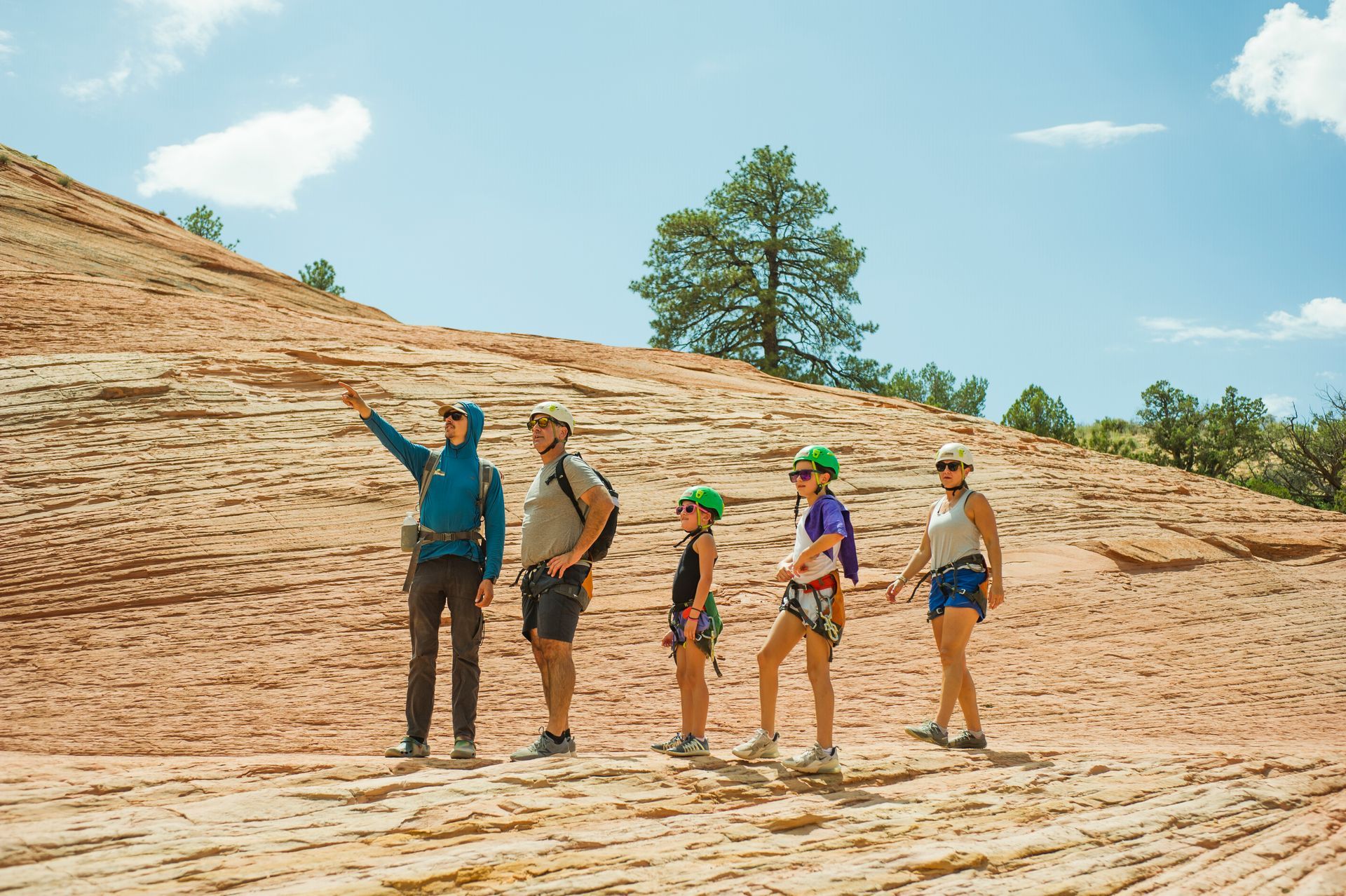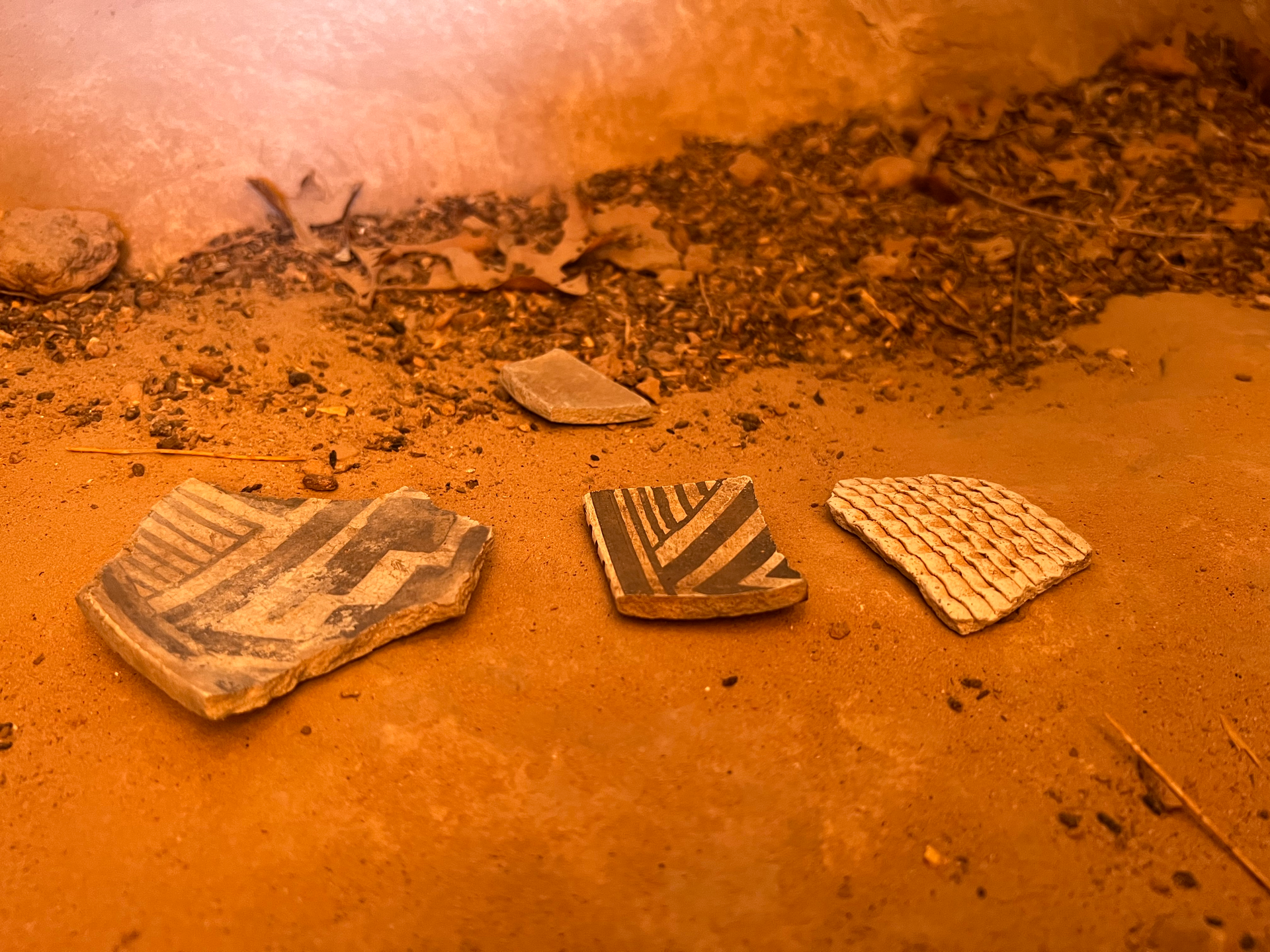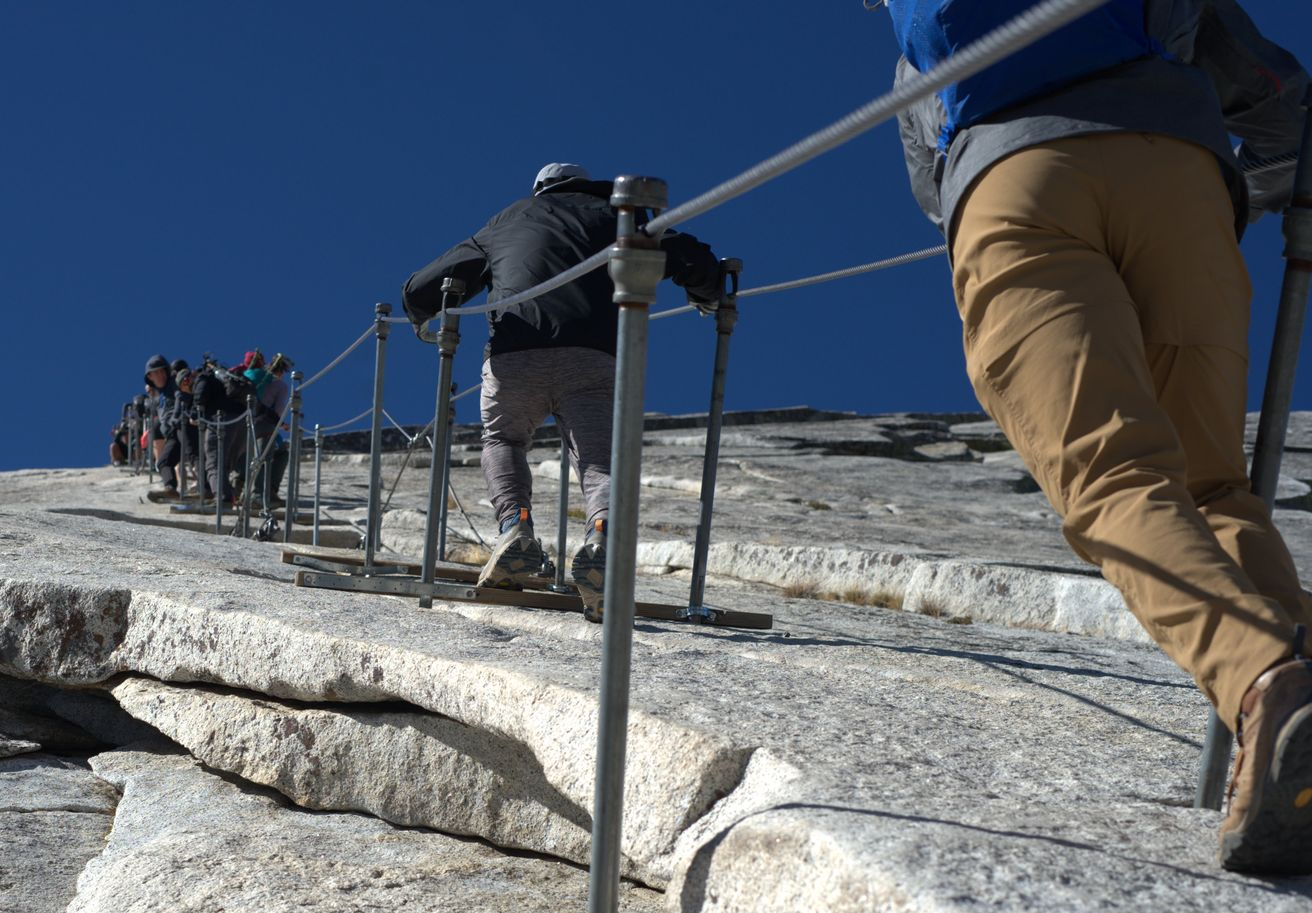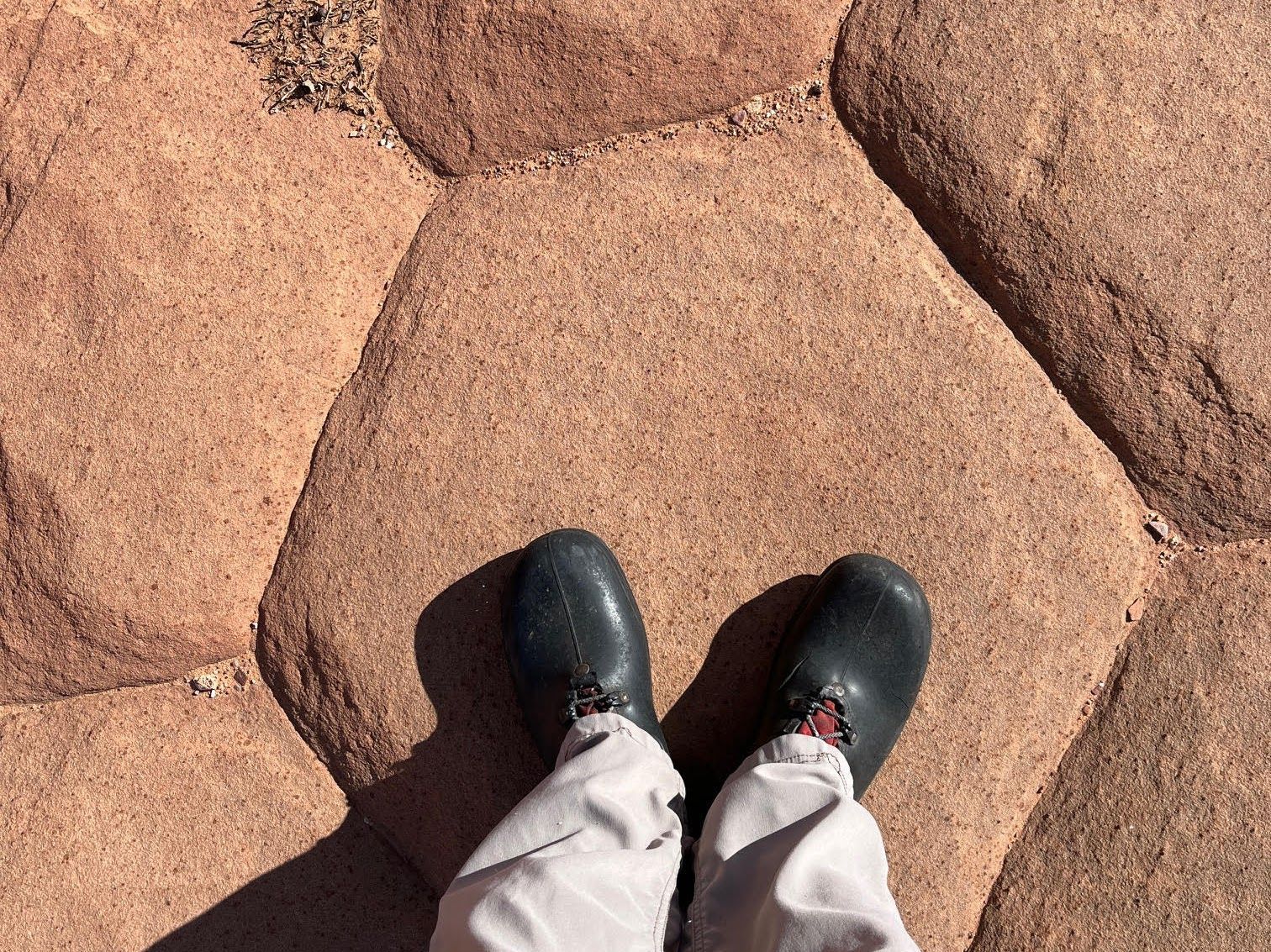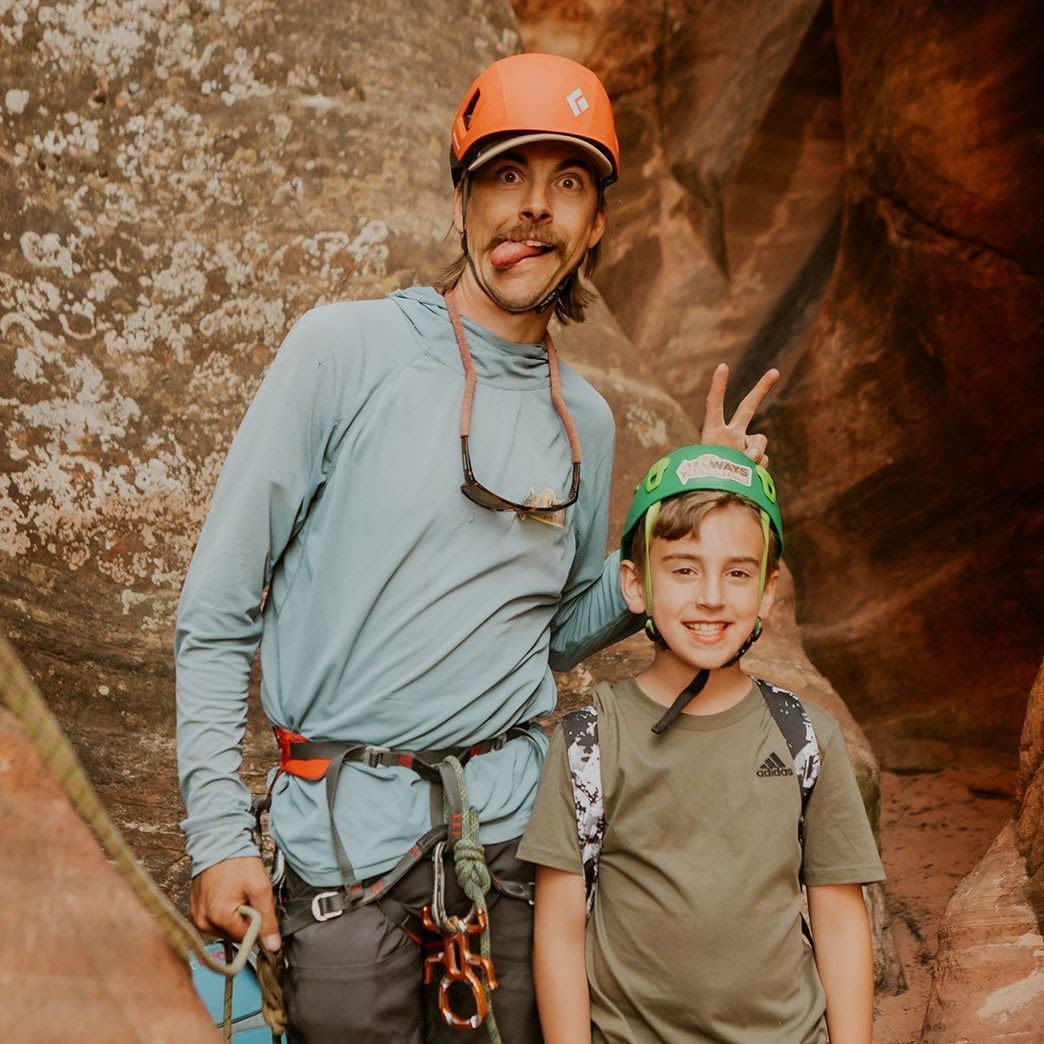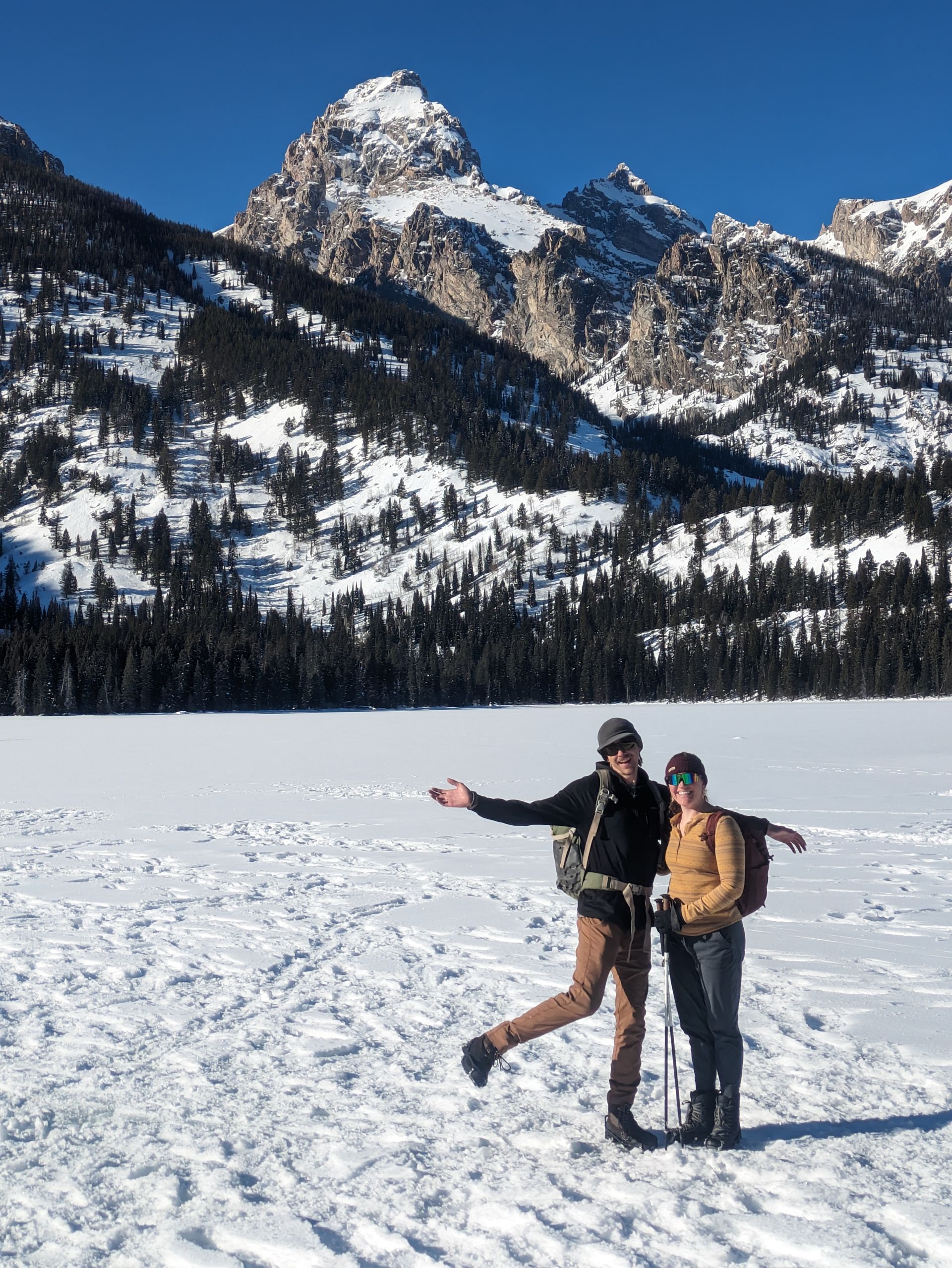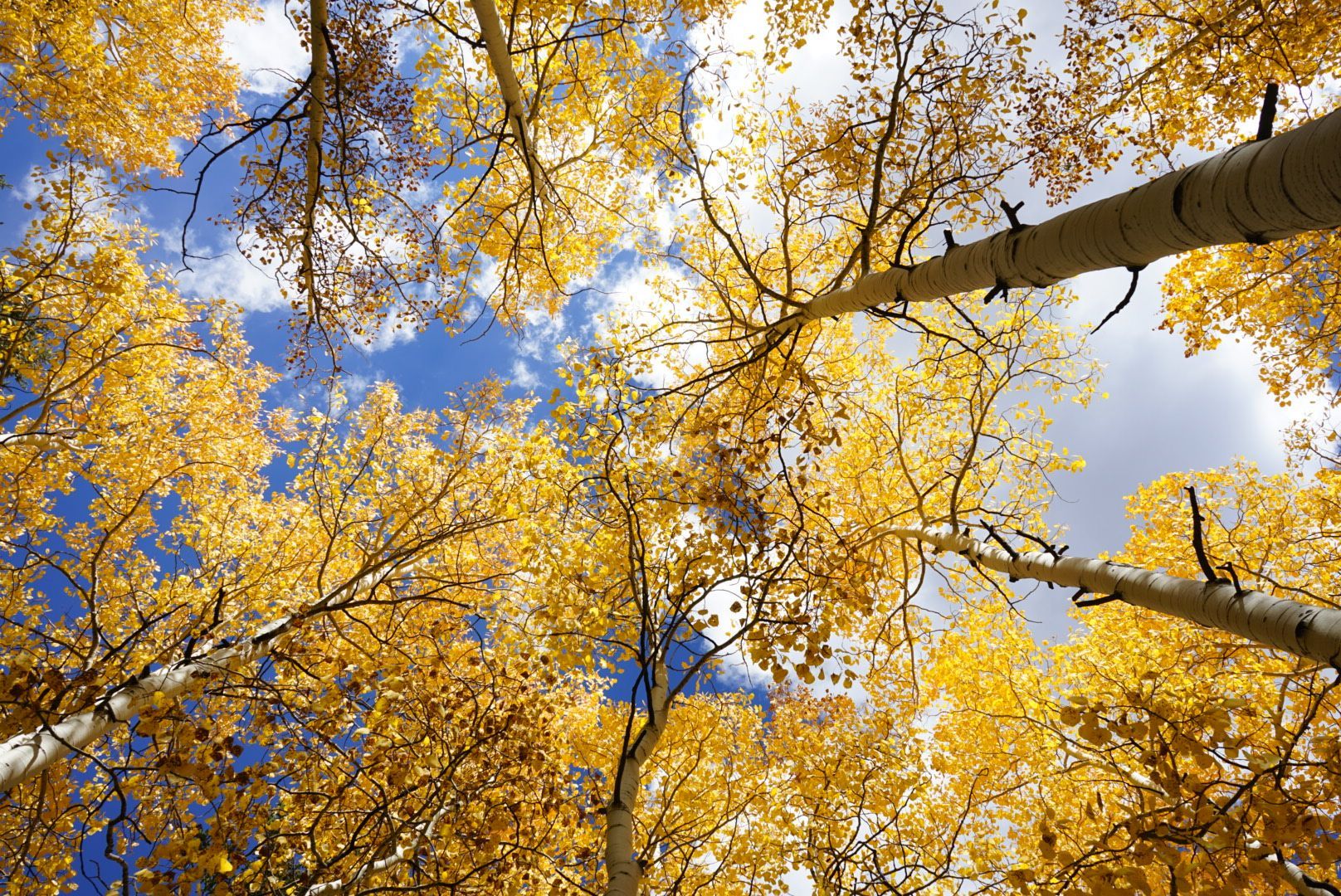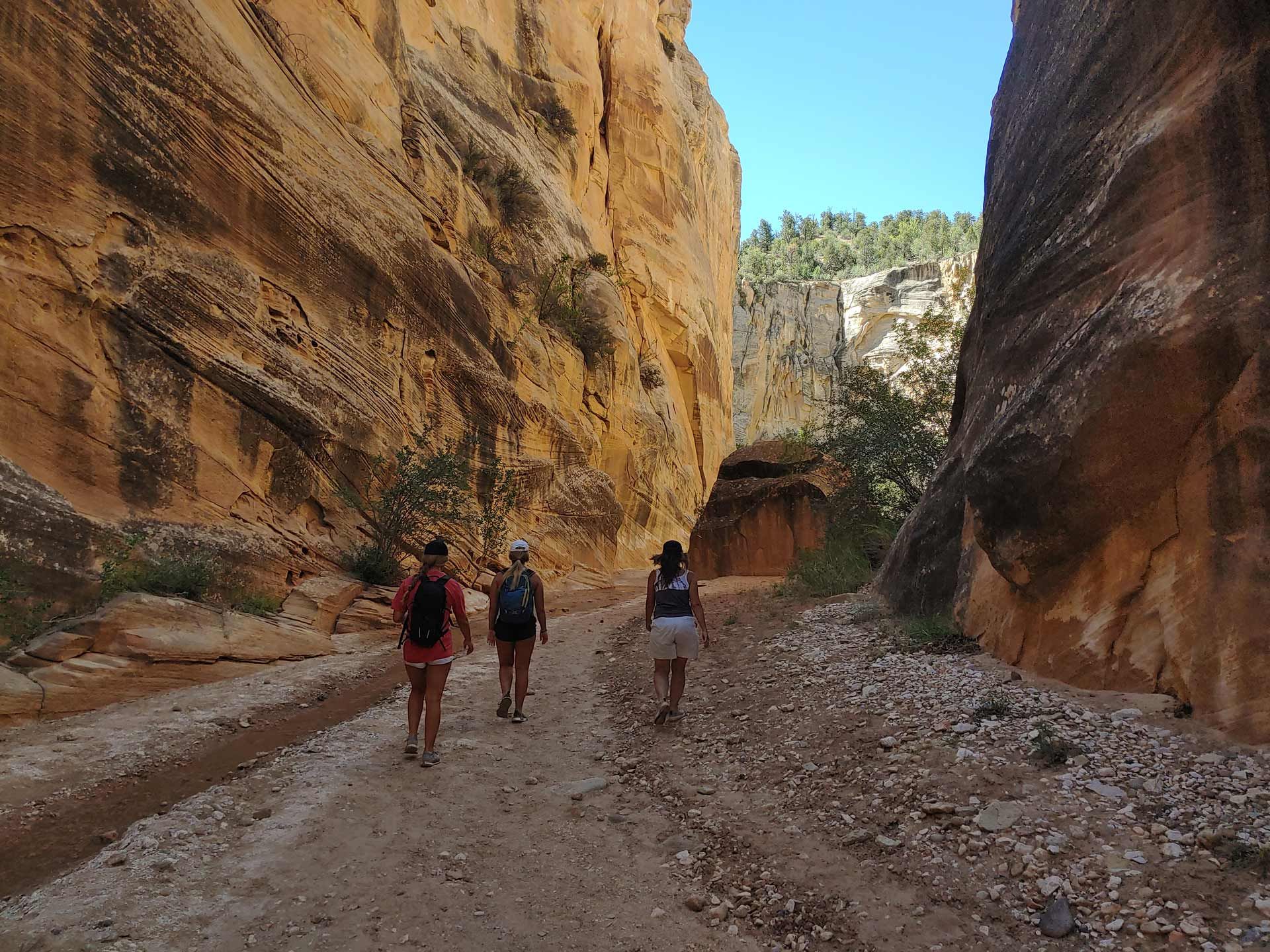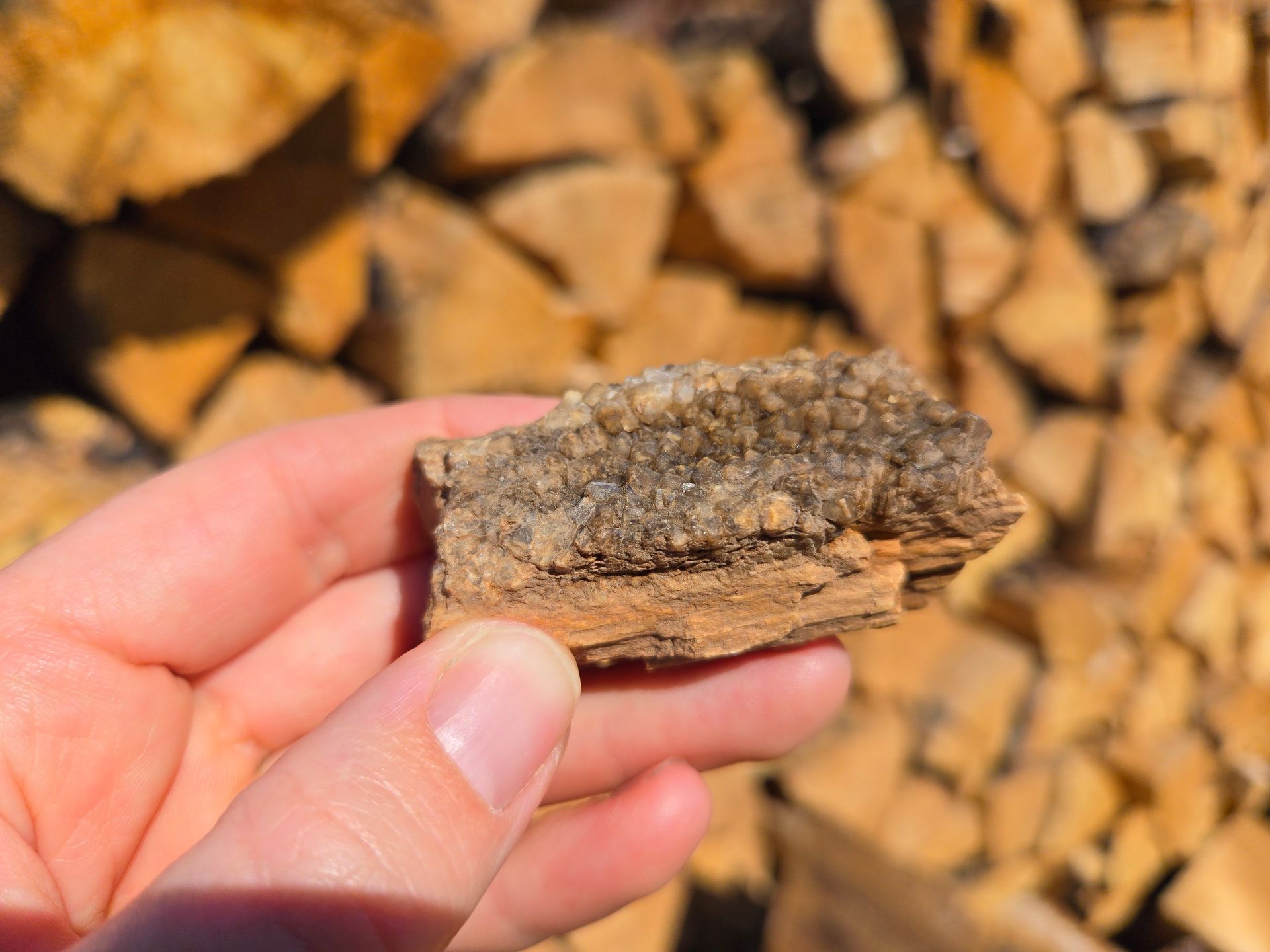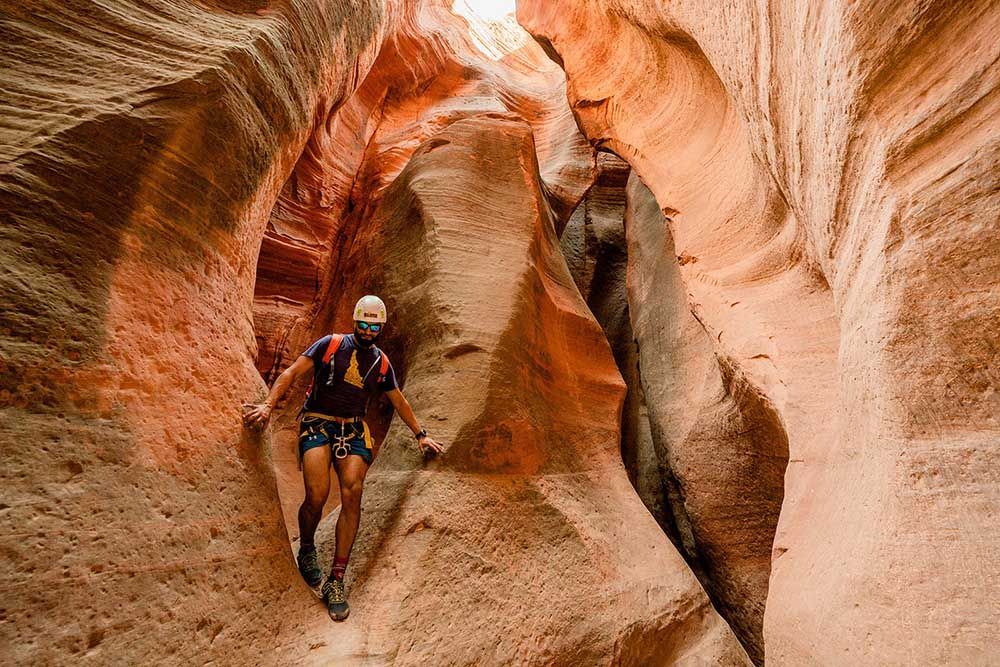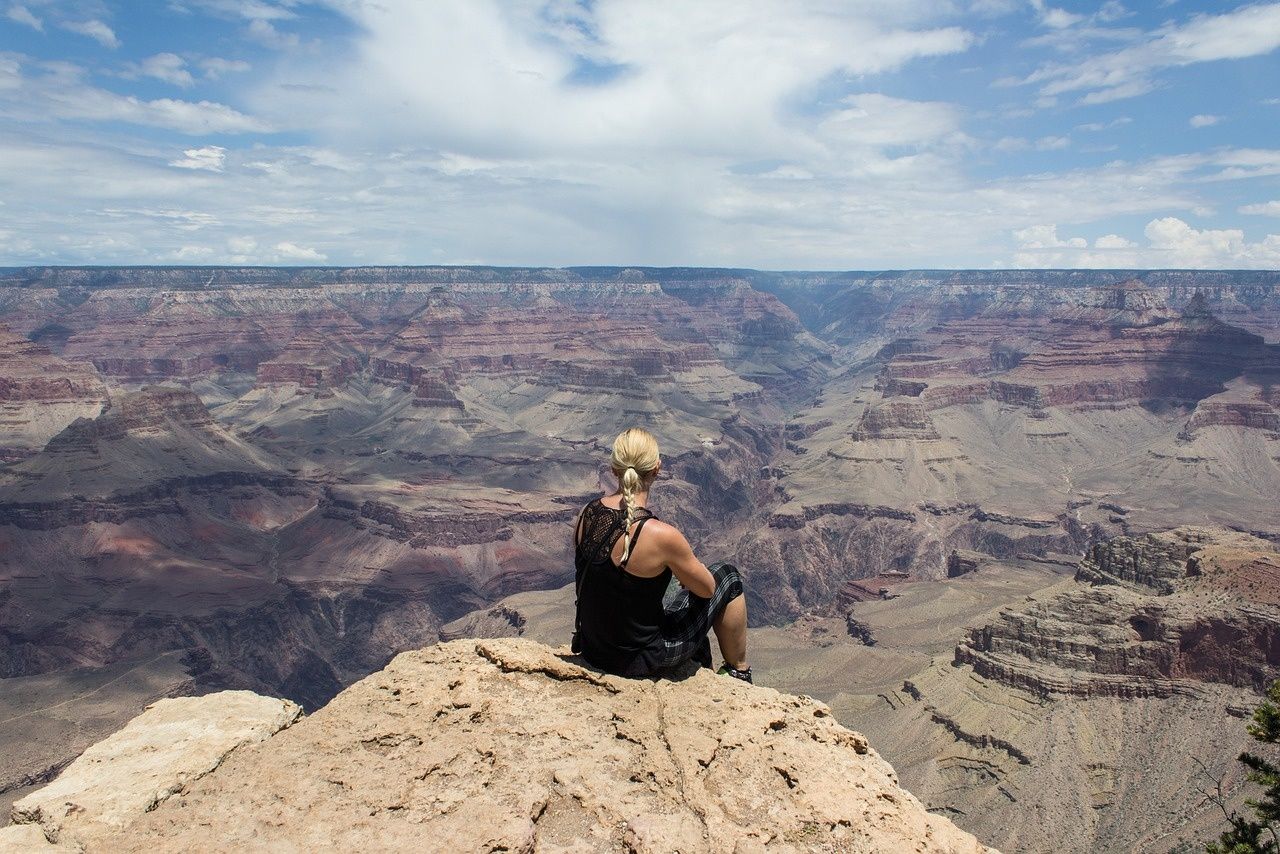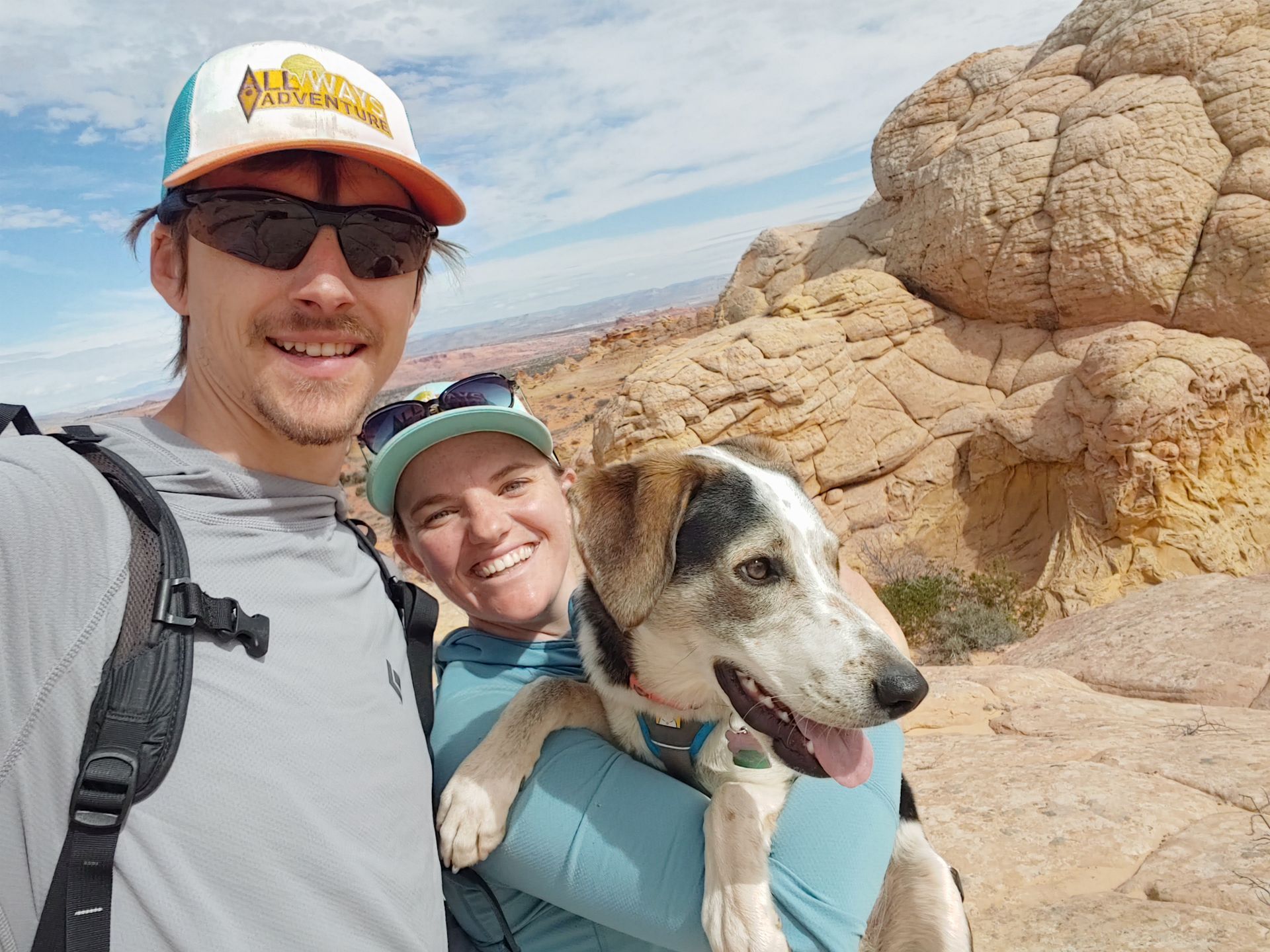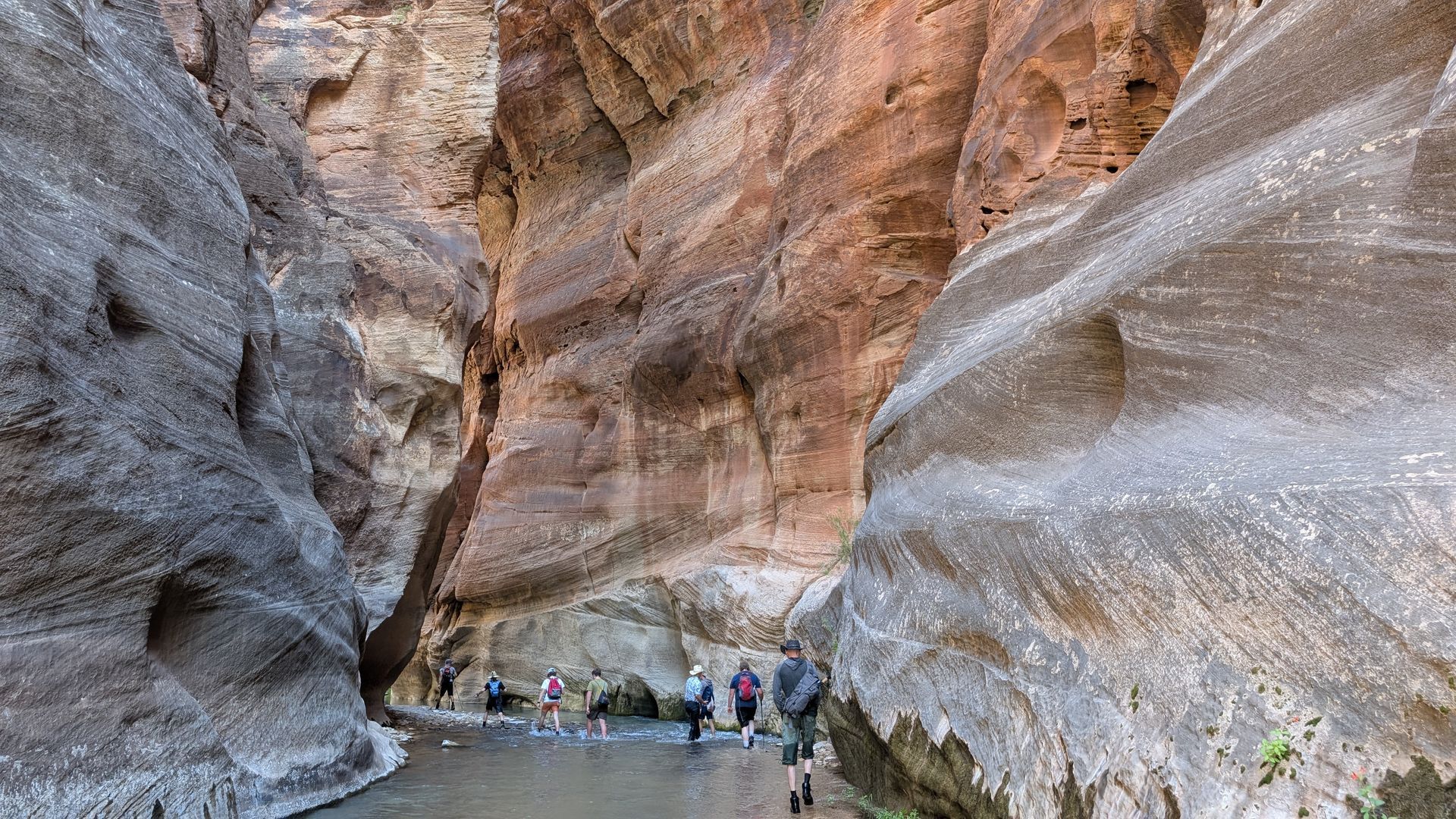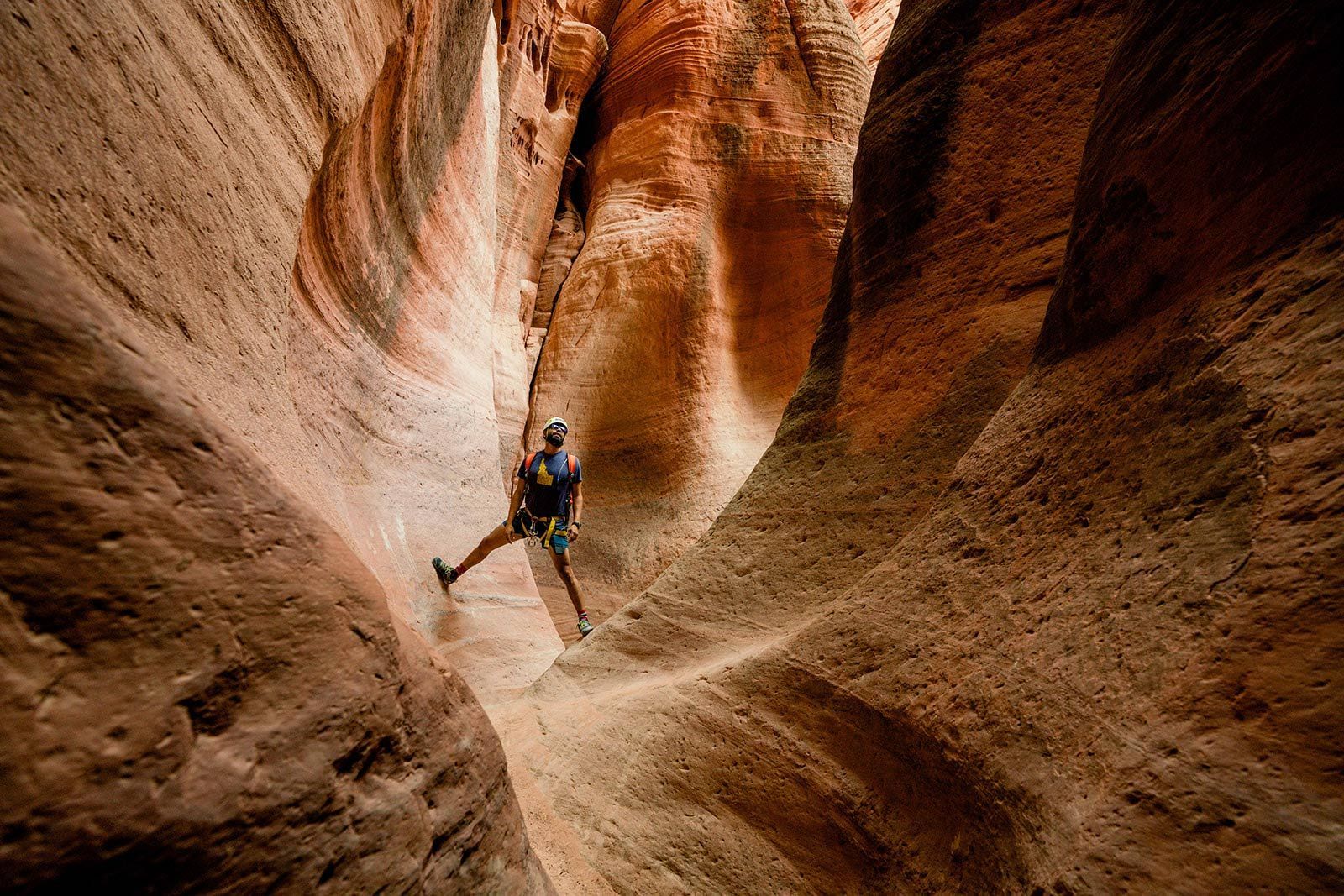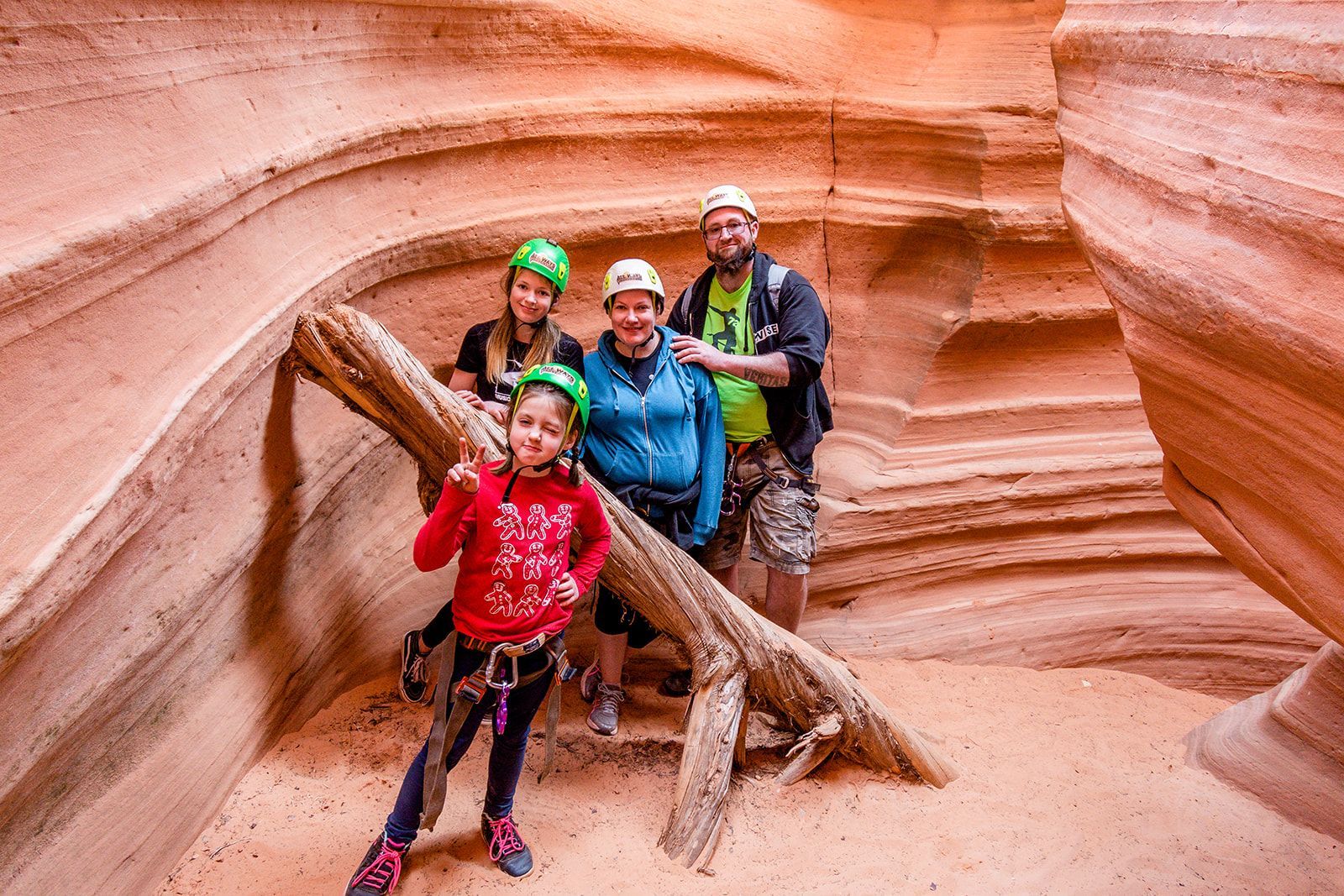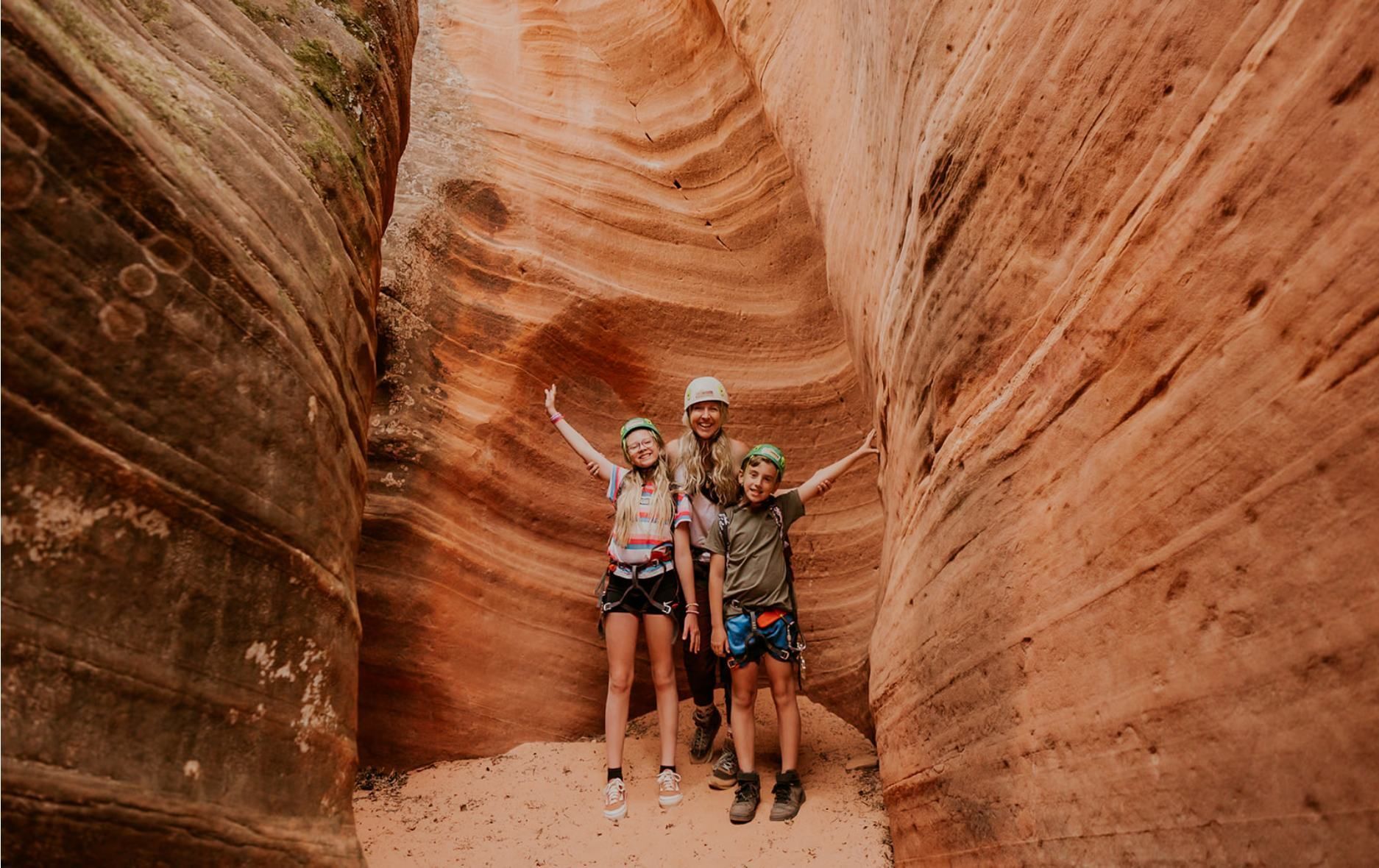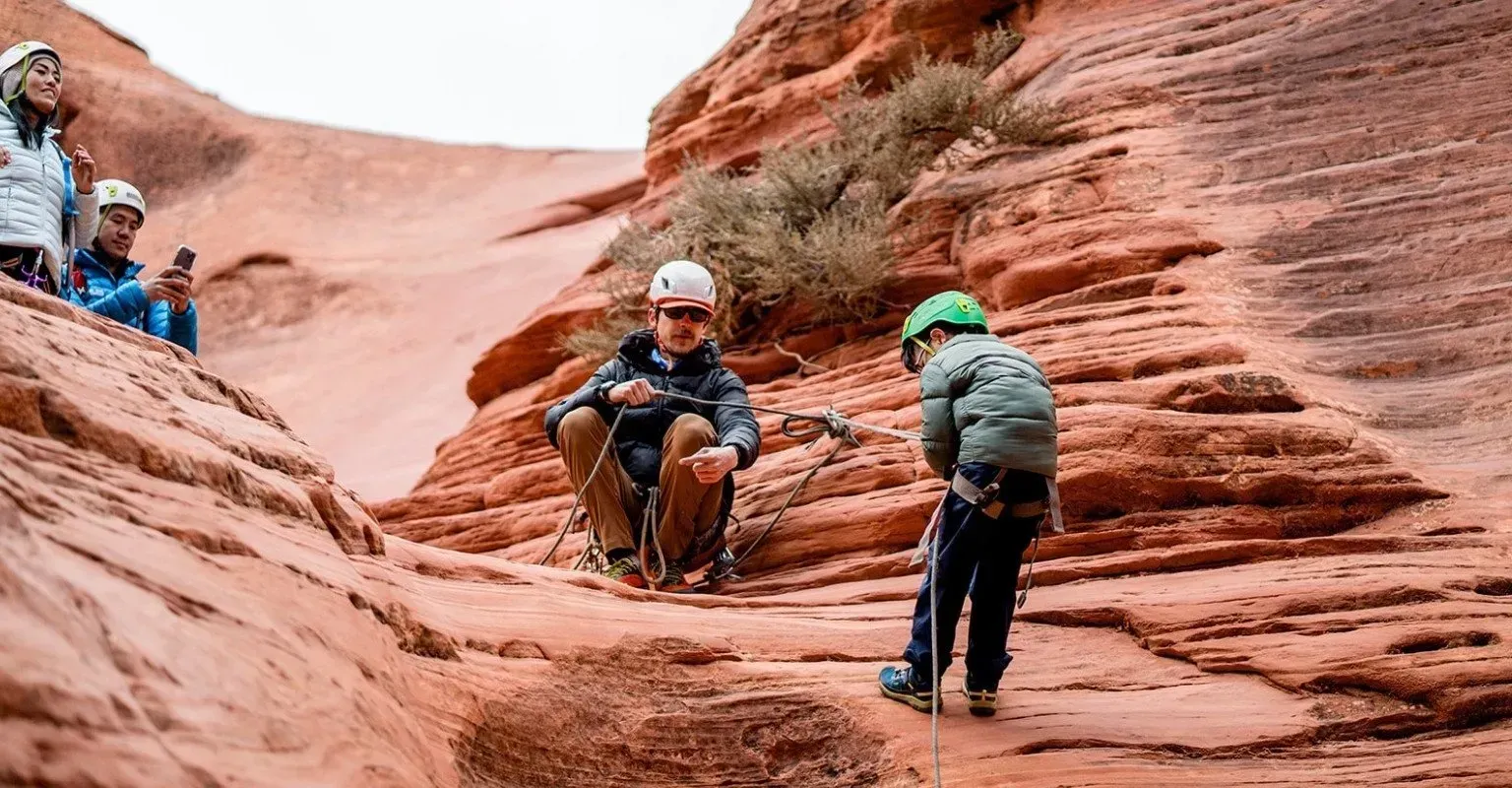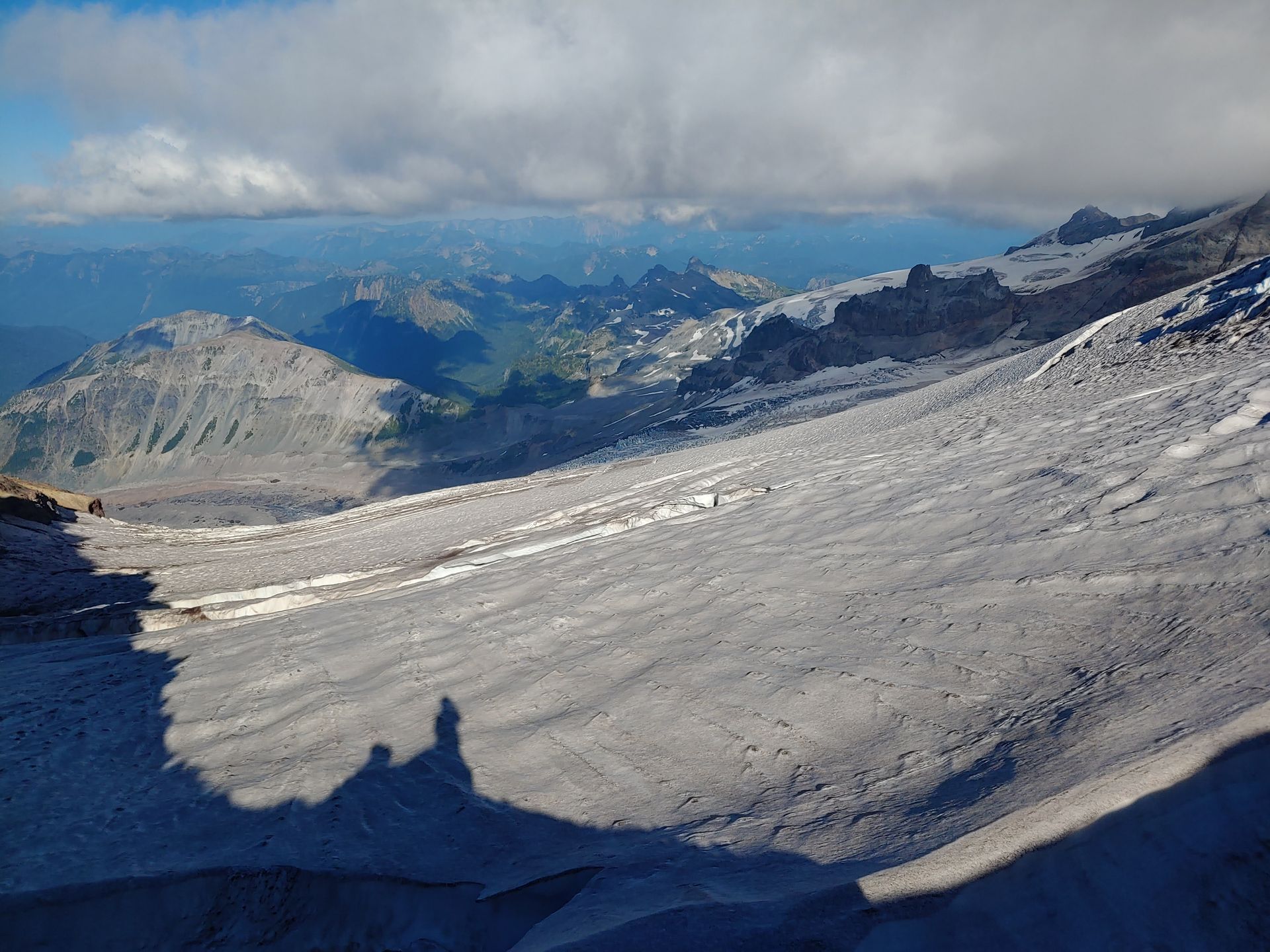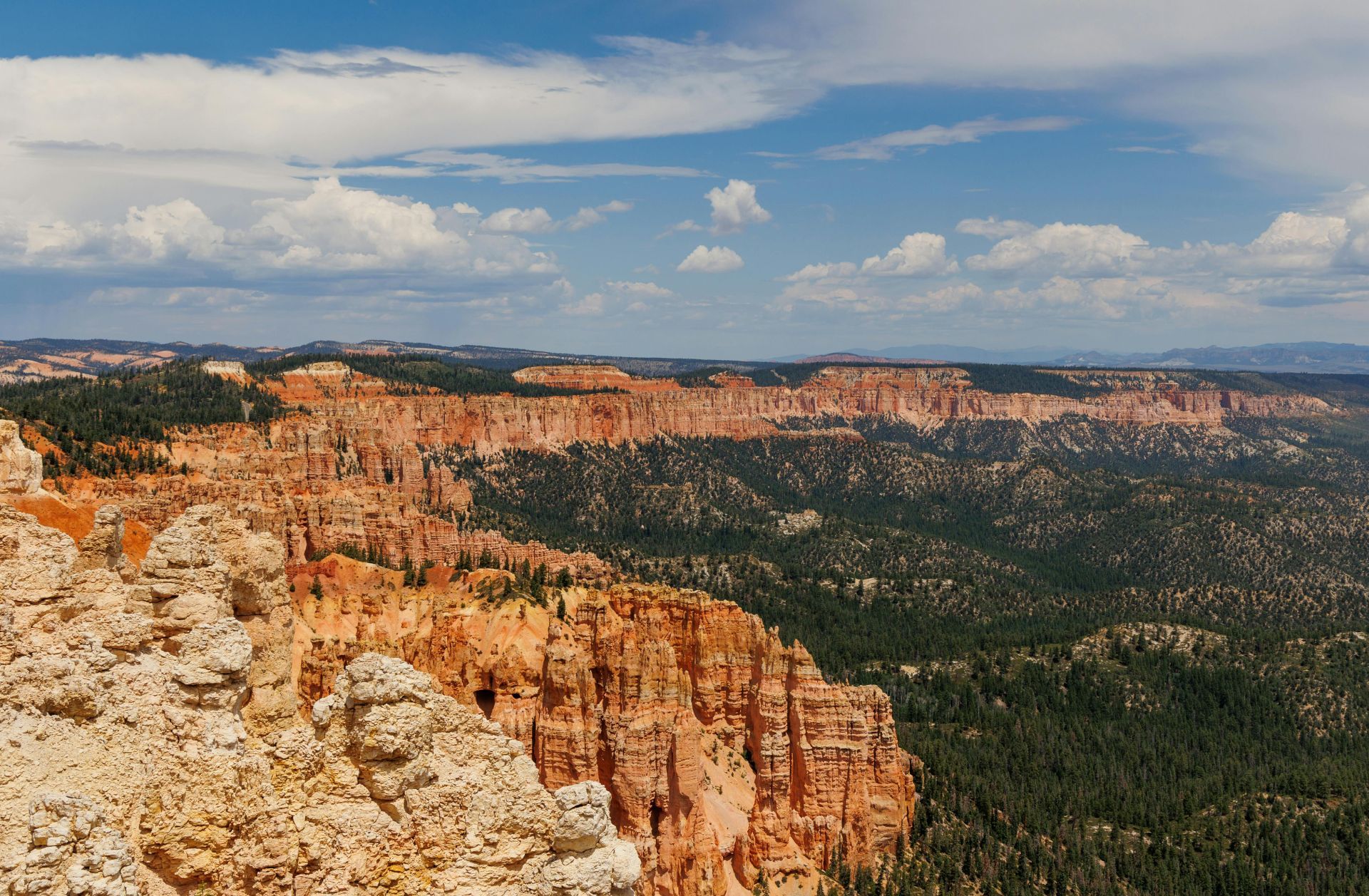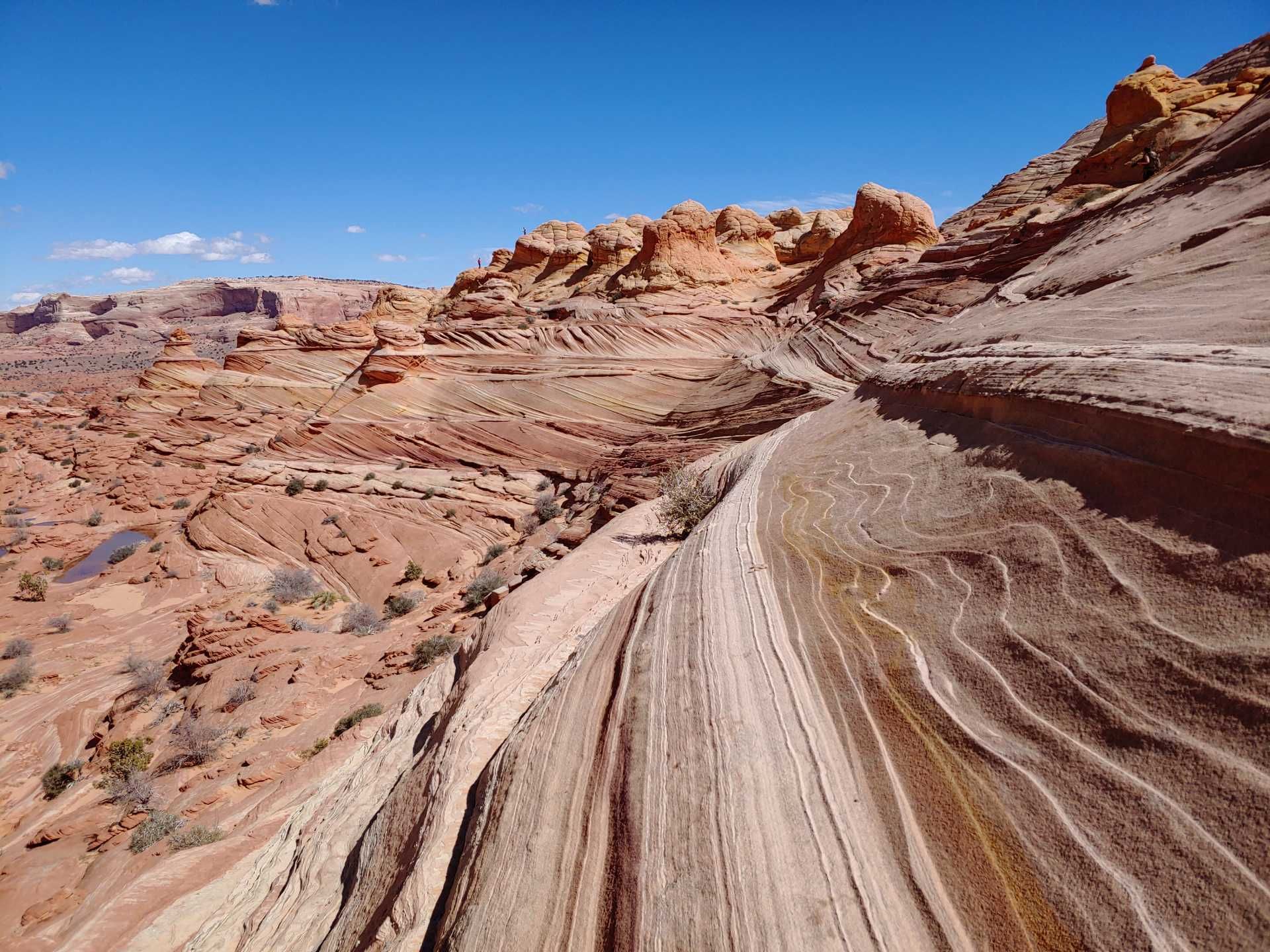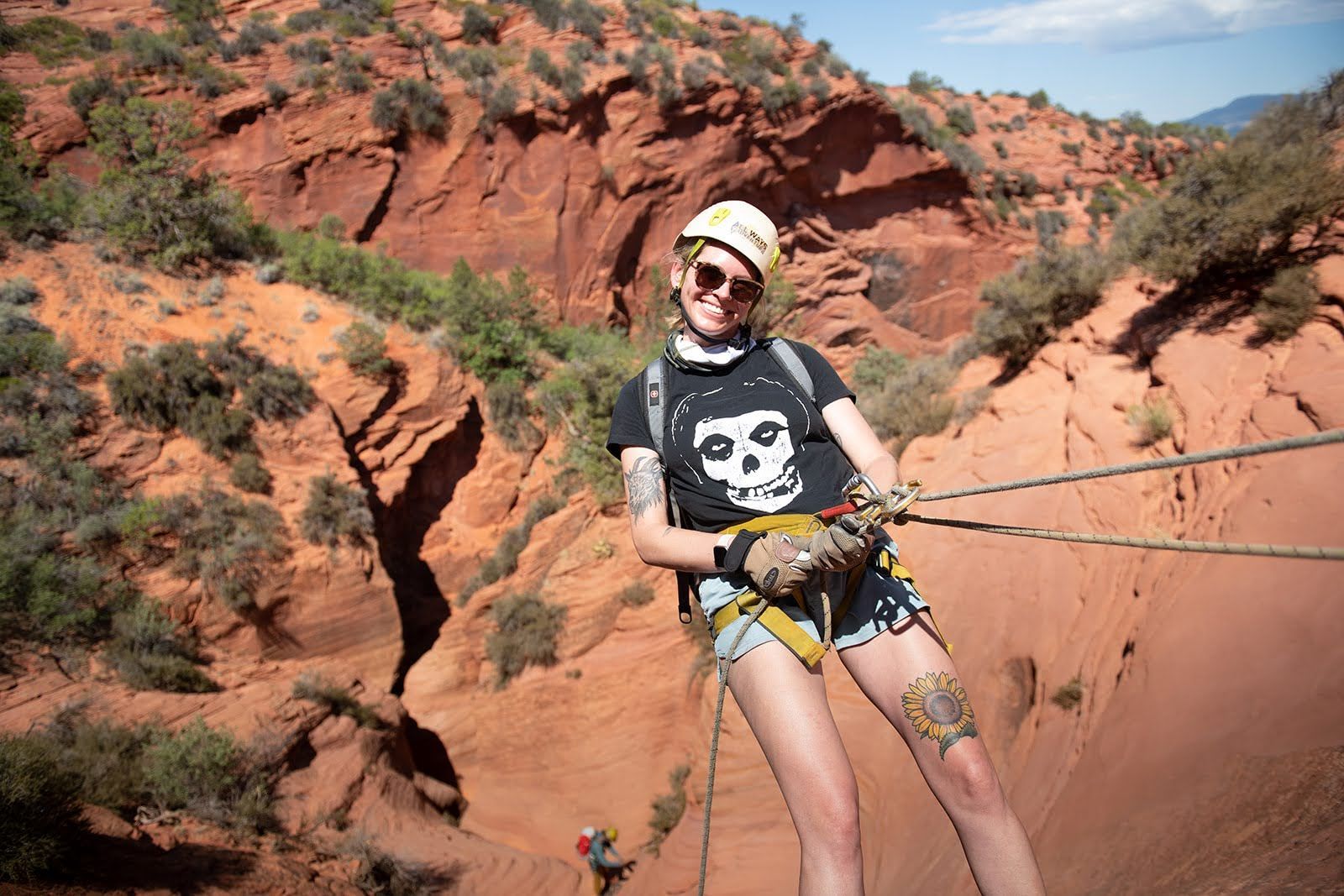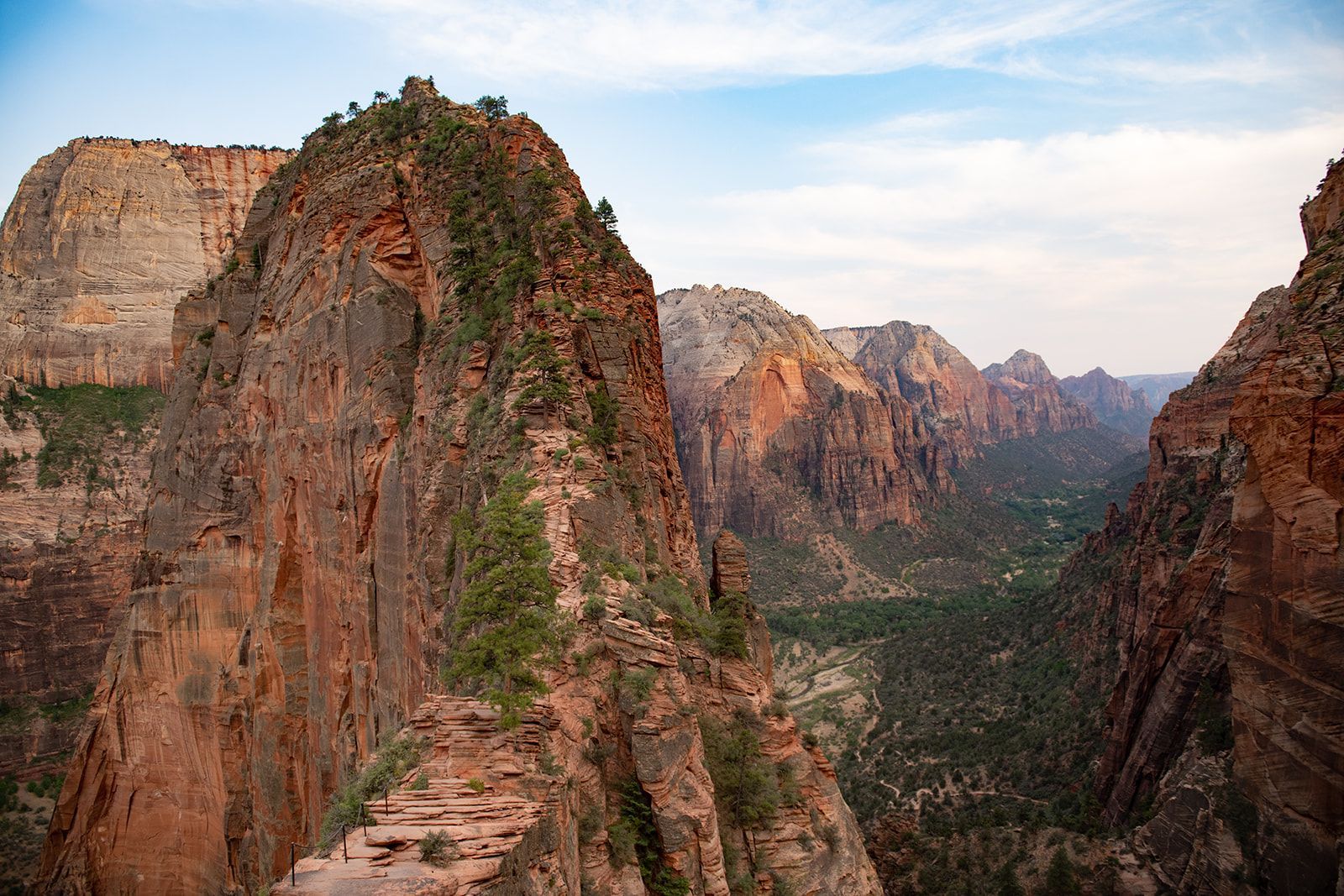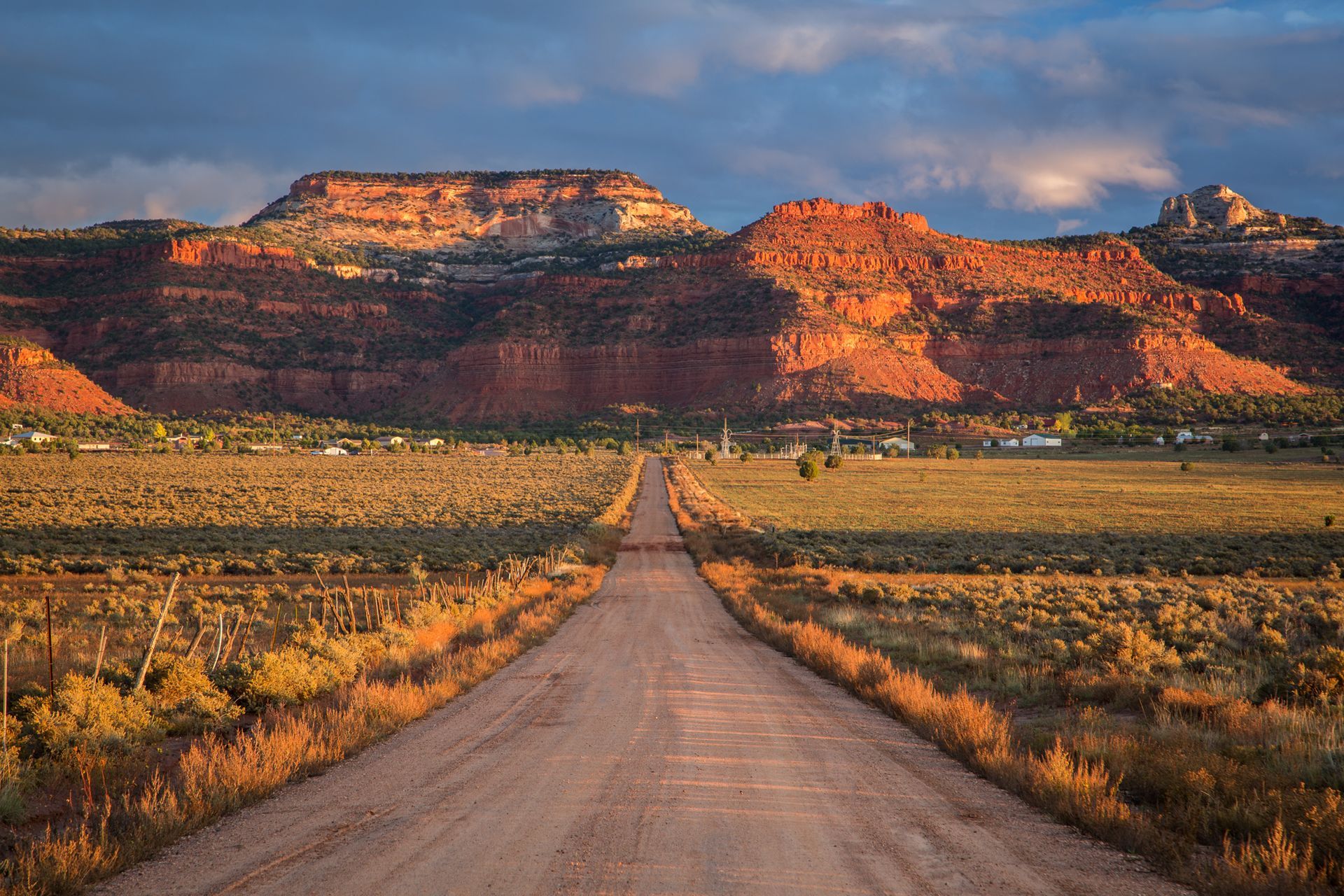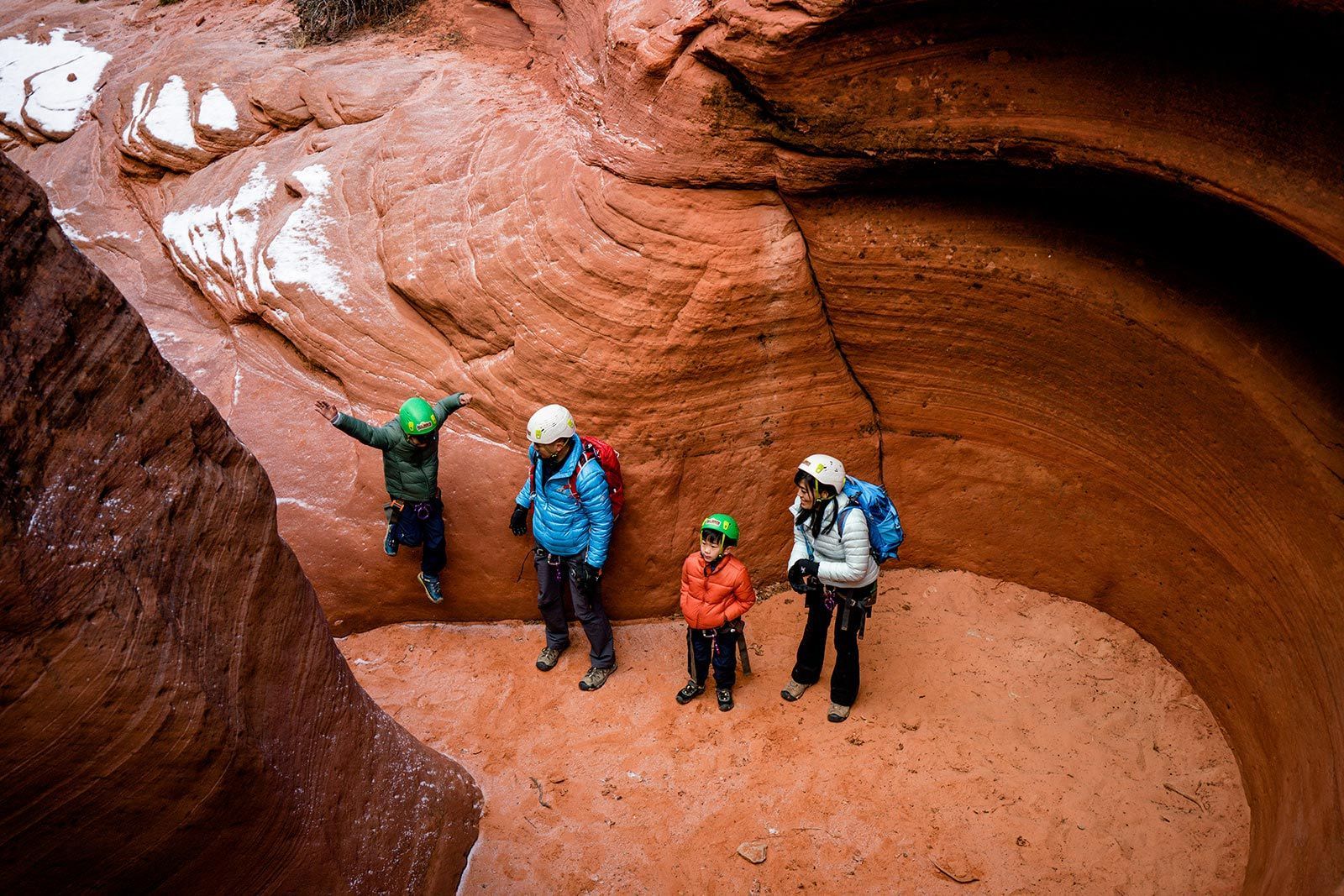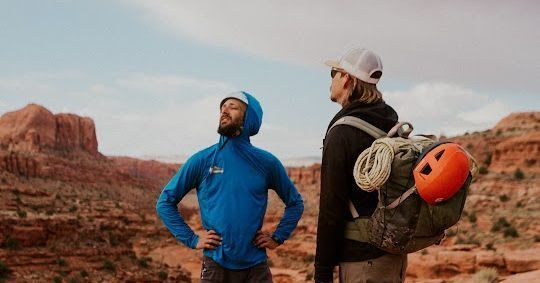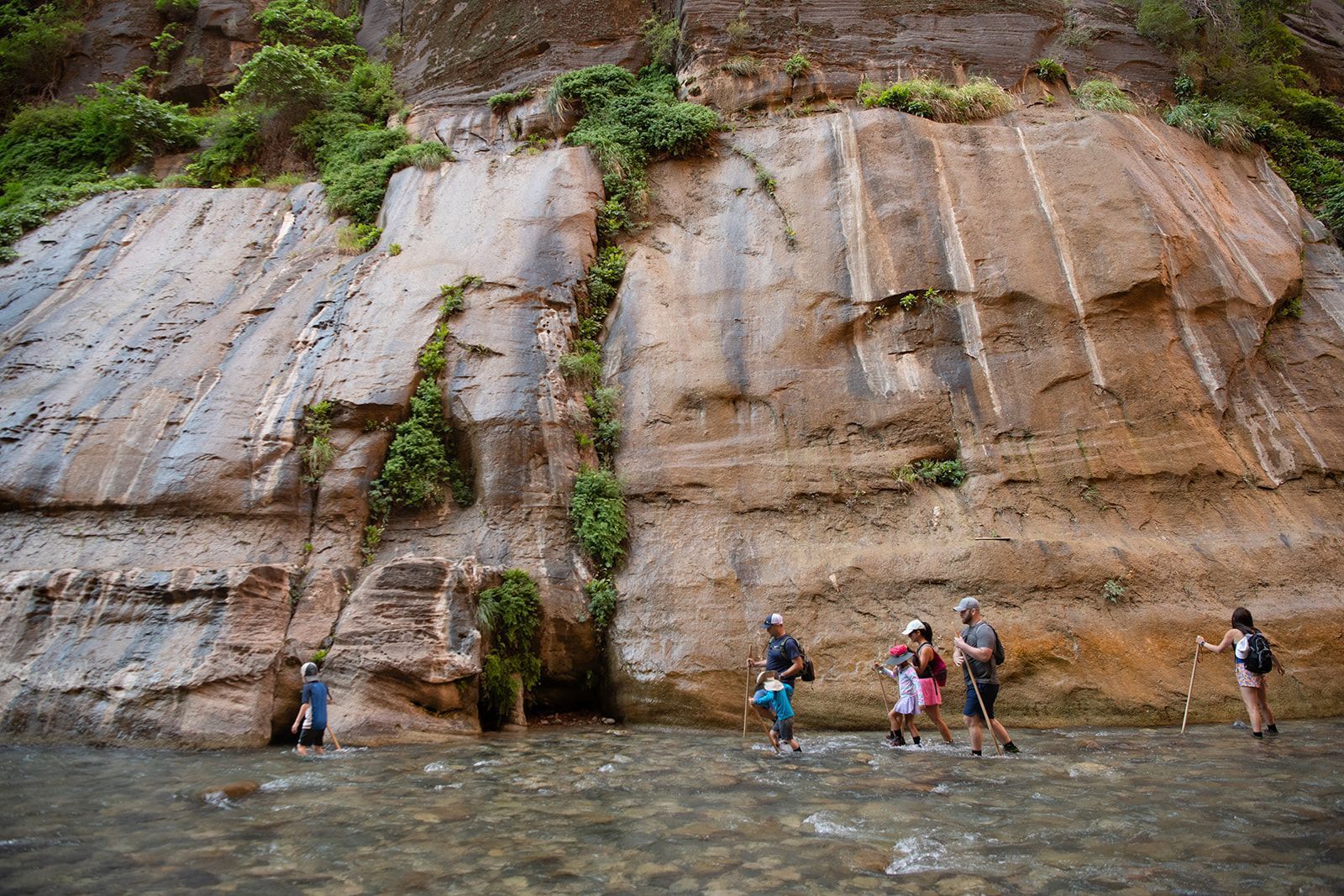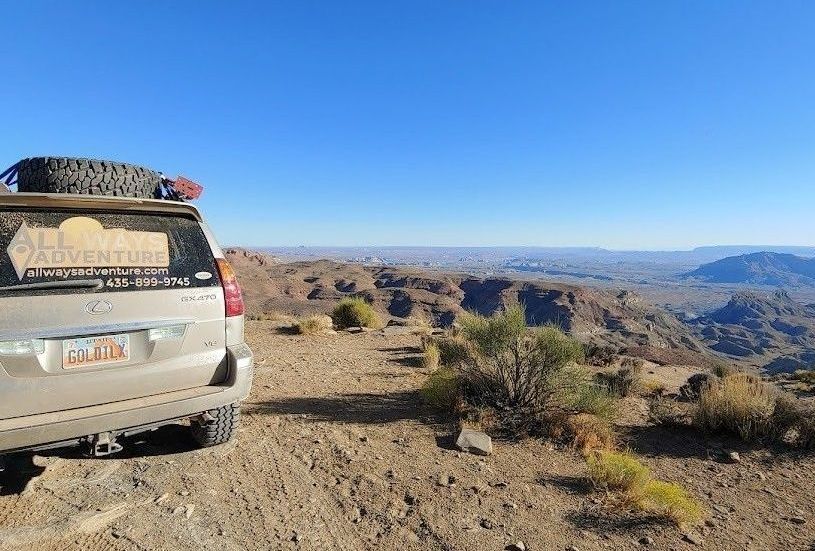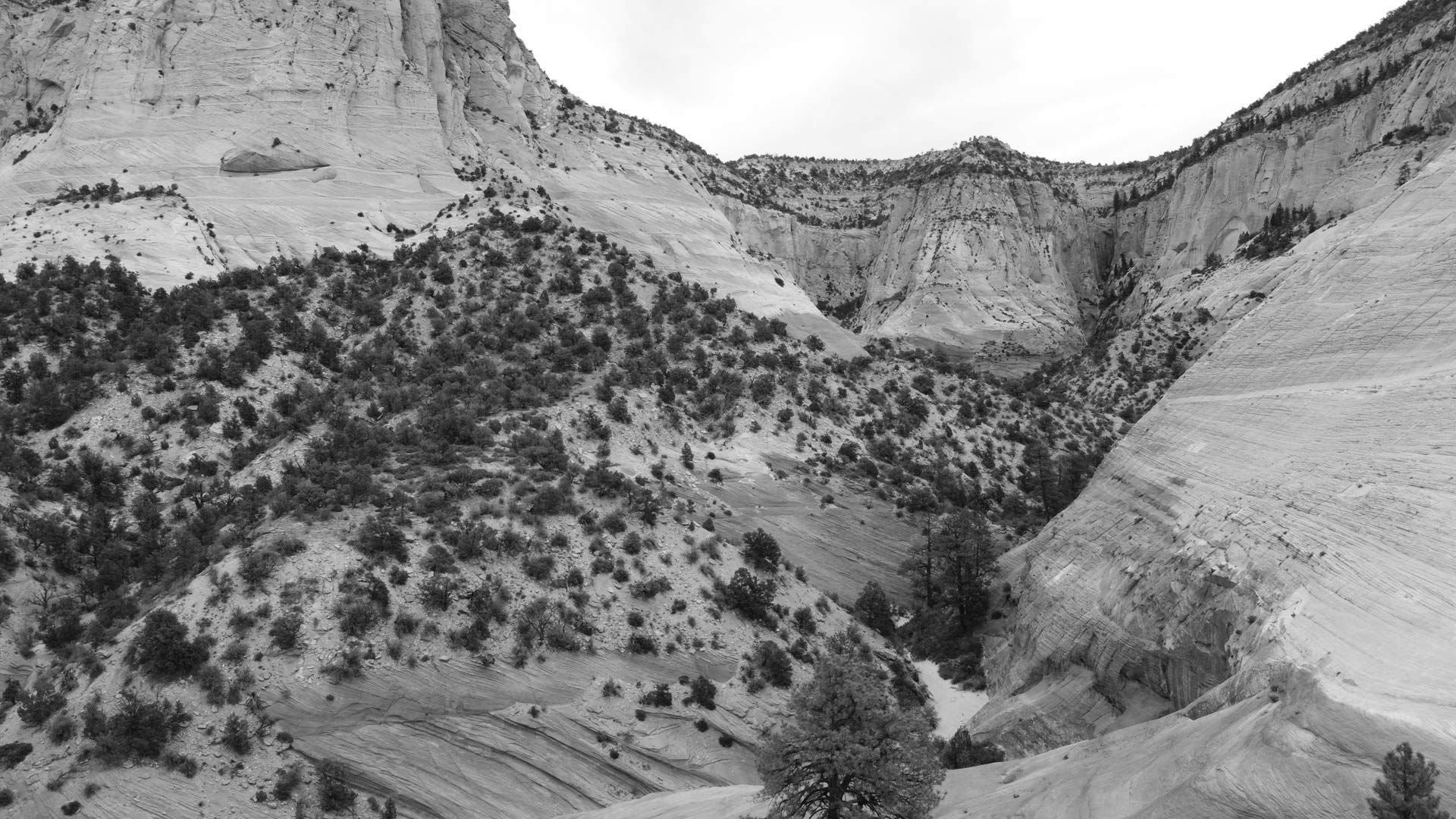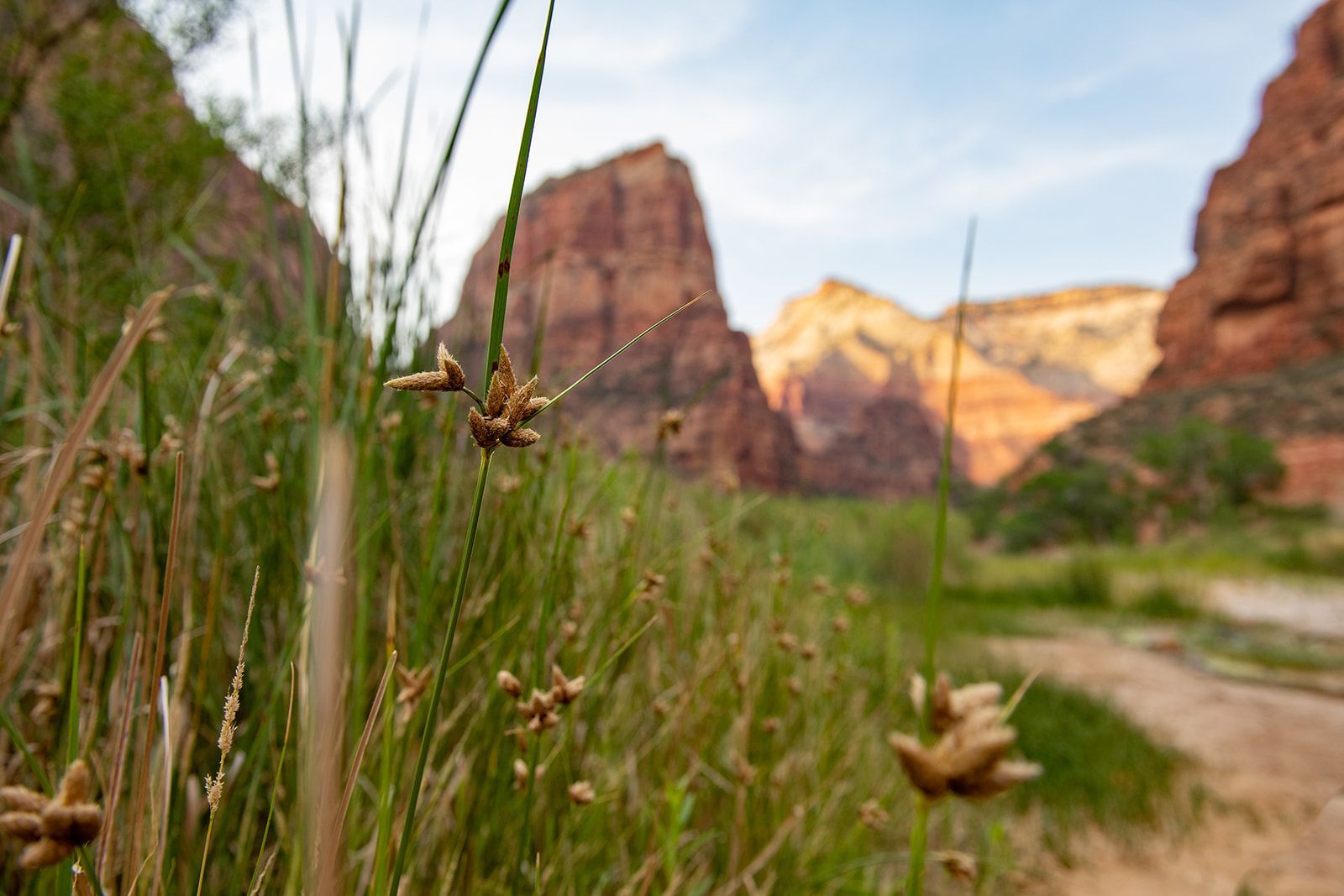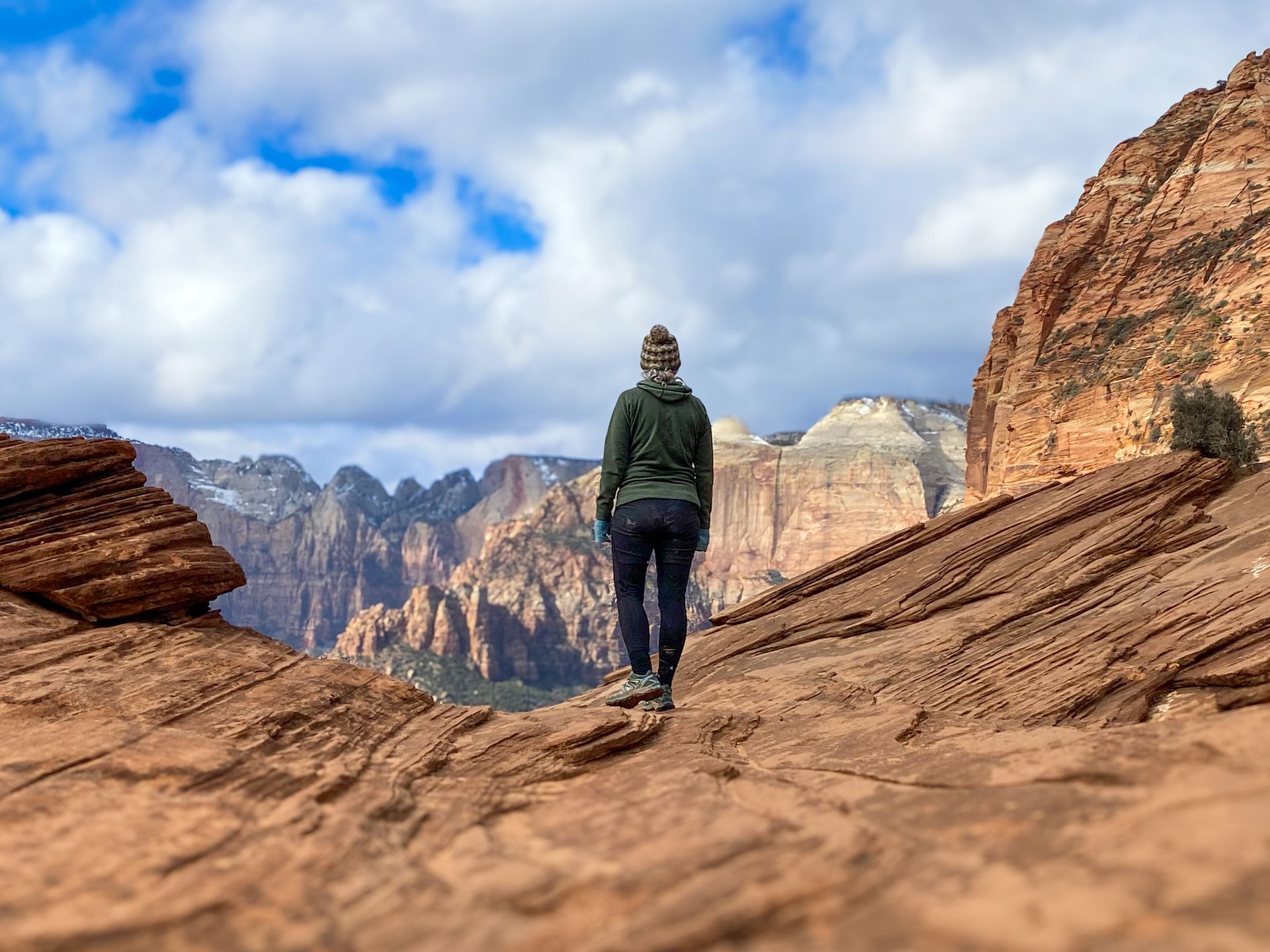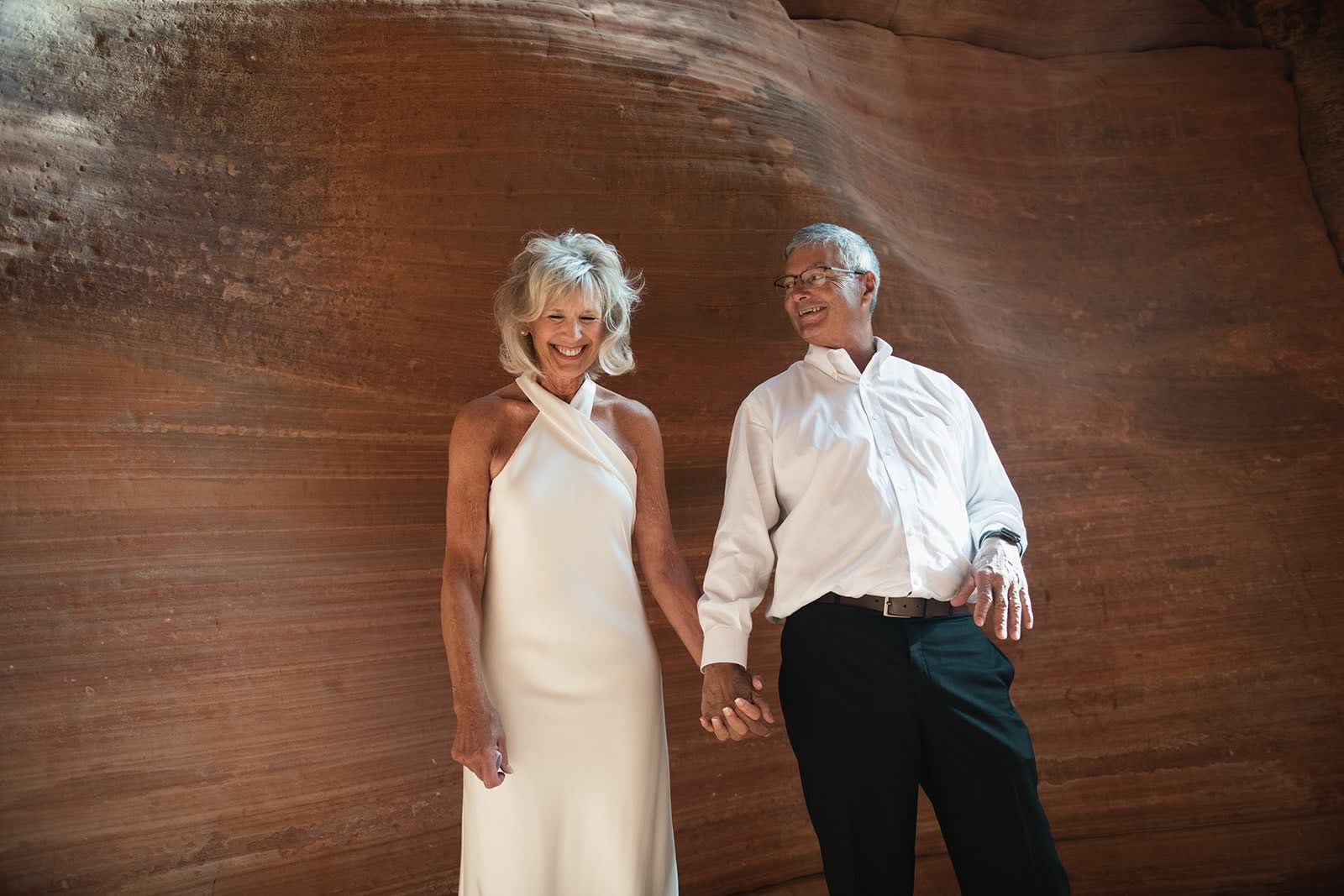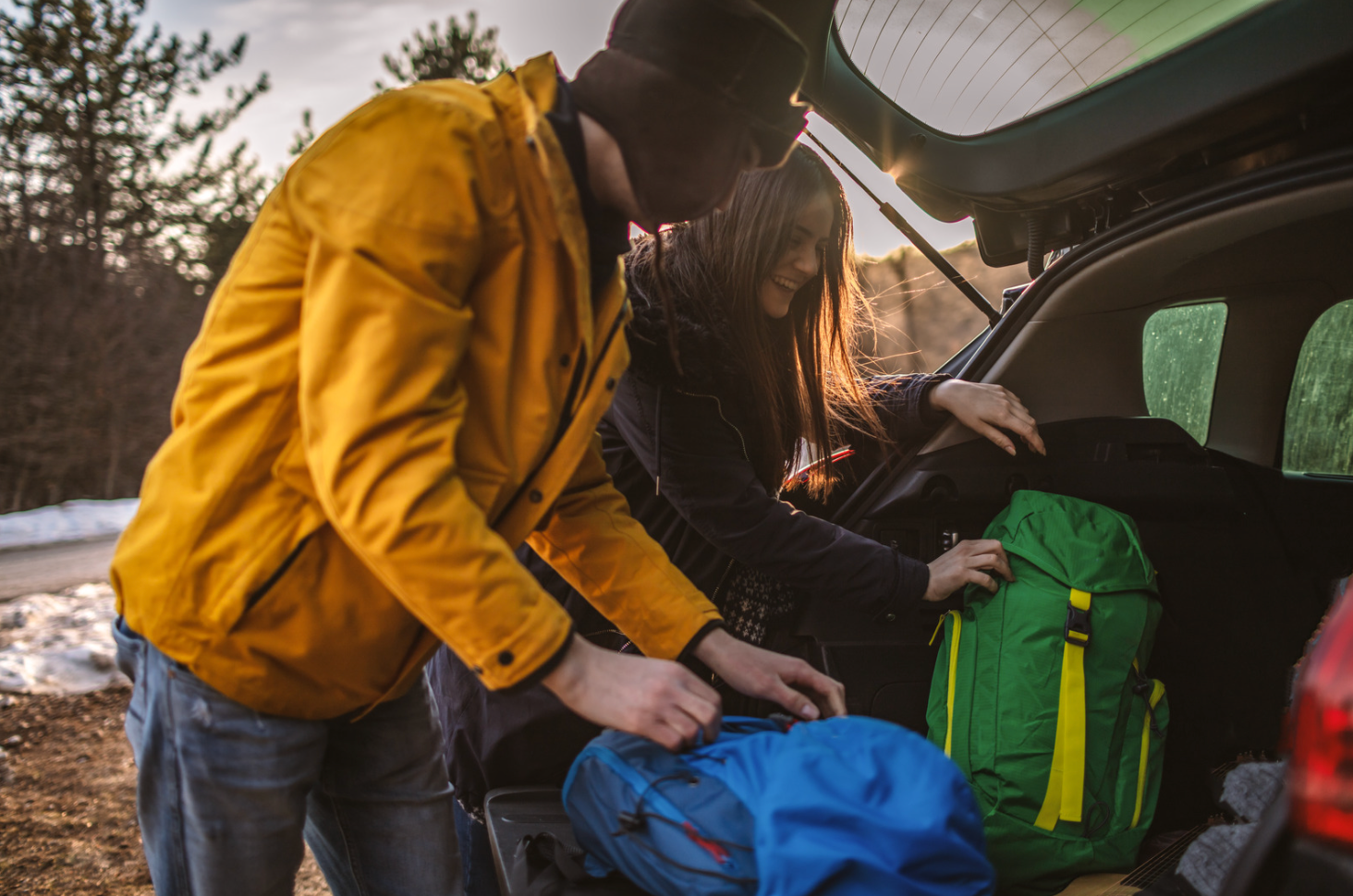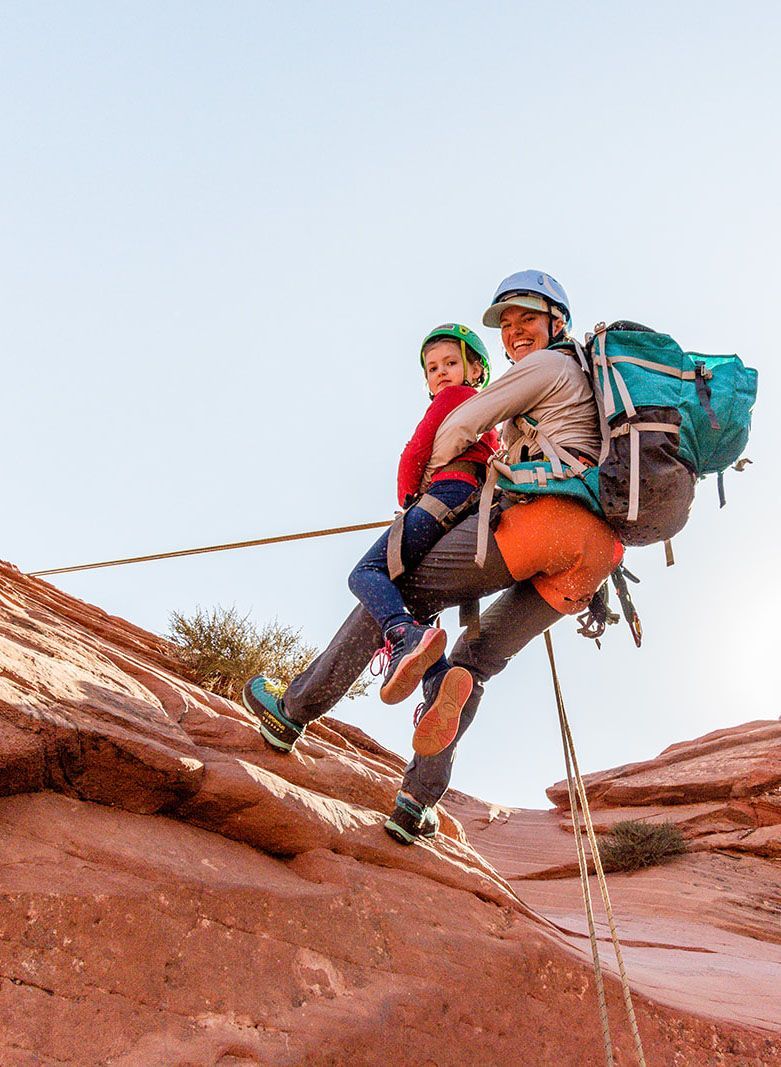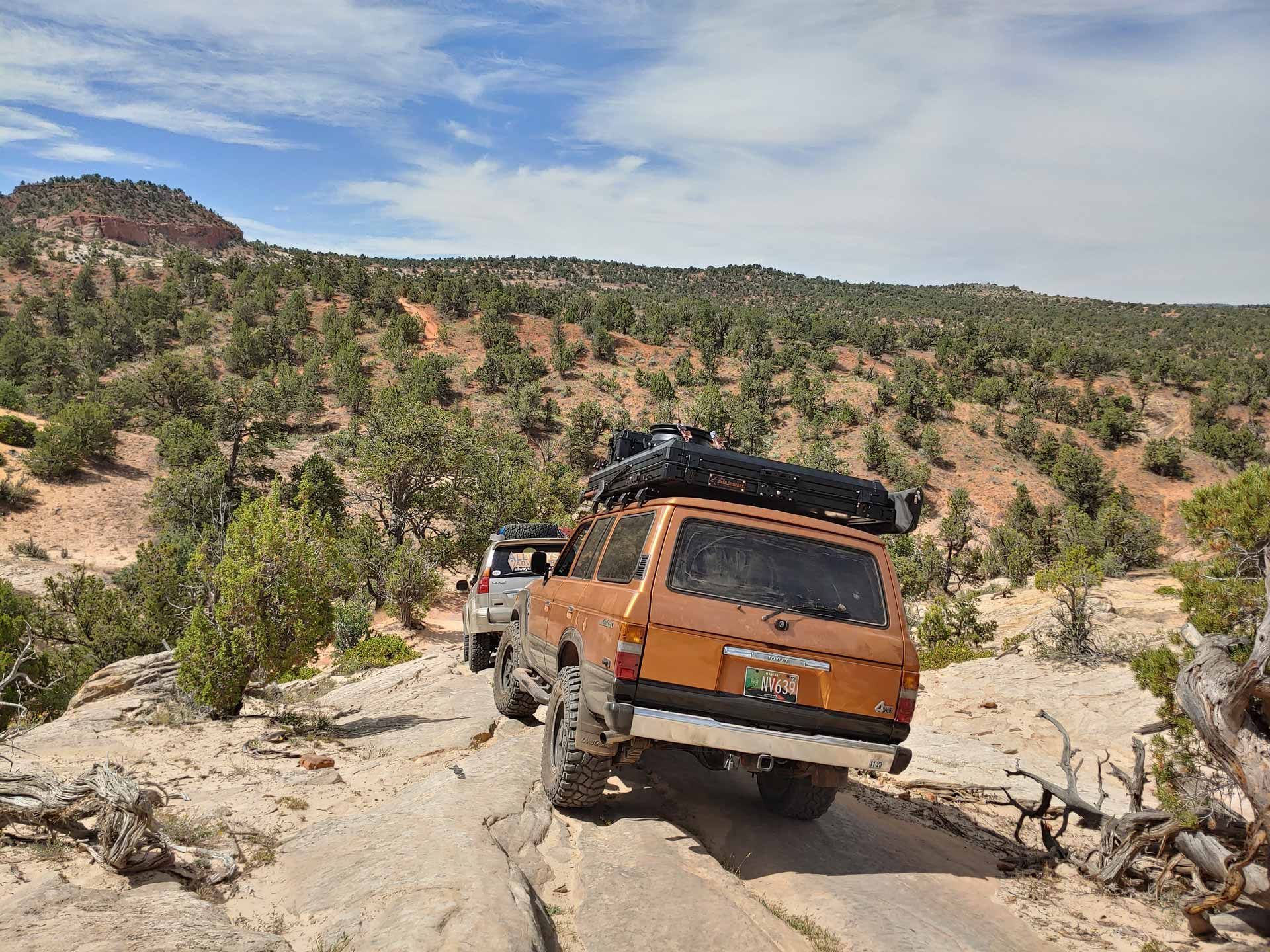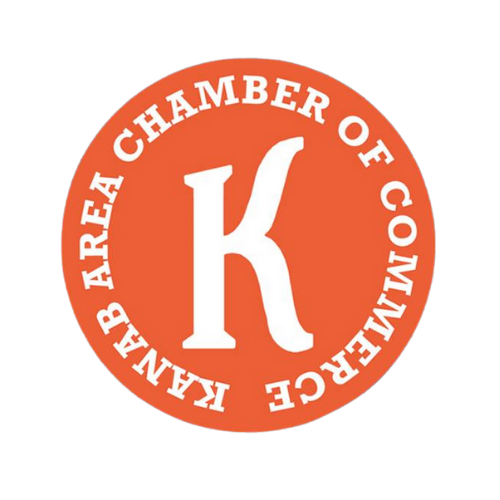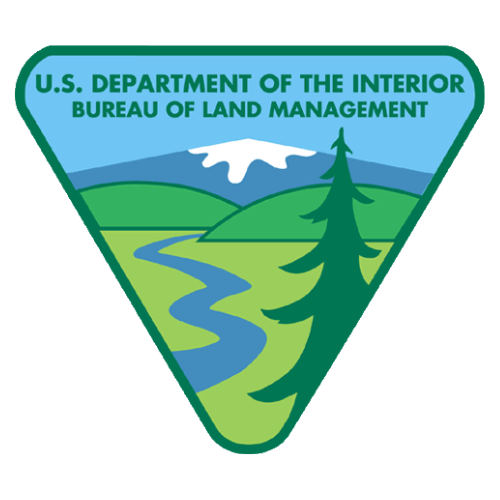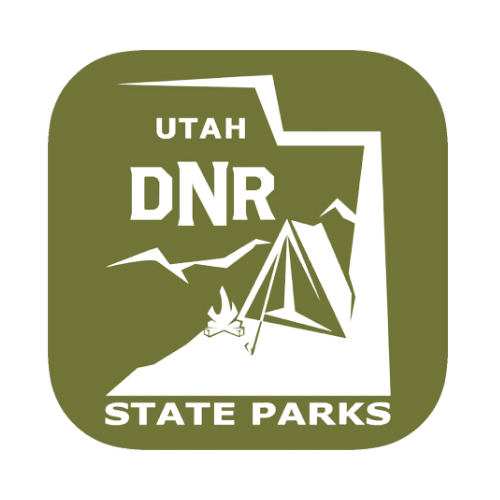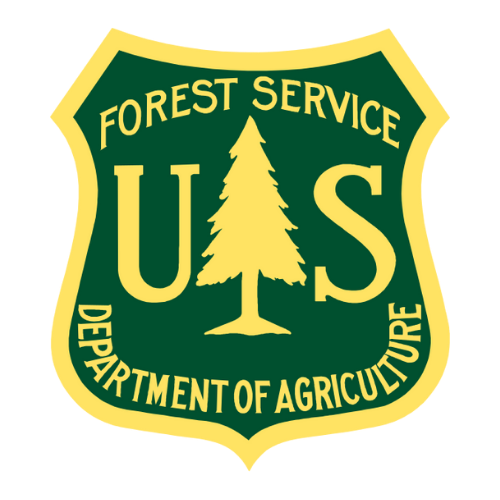Fall Zion Canyoneering Tips: Routes, Gear & Safety Guide
Best Fall Zion Canyoneering Tips for a Safe and Scenic Adventure

When autumn settles over Zion National Park, the entire landscape transforms. The red rock walls glow against streaks of gold and amber from the cottonwoods, and the air shifts to a refreshing 60–70°F perfect for hiking, rappelling, and exploring.
For canyoneers, fall is the golden season. The heat of summer has passed, flash flood risks have dropped, and the crowds have thinned. Whether you’re planning a self-guided descent or a group trip, understanding the conditions, safety measures, and essential preparation for this season is key to having an unforgettable adventure.
Why Fall Is the Best Time for Canyoneering in Zion
Ideal Weather Conditions for Fall Canyoneering
Autumn offers the most balanced weather of the year in Zion. The cooler mornings are energizing, while daytime warmth provides ideal conditions for technical movement through the canyons. These mild temperatures help reduce fatigue, dehydration, and heat-related risks, making the activity safer and more enjoyable overall.
The scenery is also at its most dramatic golden trees along the Virgin River, warm sunlight bouncing off sandstone, and crisp air that makes every photo look crystal clear.
Reduced Flood Risk and Lower Crowds
By the time fall arrives, Zion’s summer monsoon season has ended. The risk of flash floods significantly decreases, creating more stable and predictable conditions inside the canyons. However, it’s still essential to check the daily weather forecast and Flash Flood Potential Rating before setting out.
Another perk of fall is the lighter visitor traffic. Shuttle lines shorten, permits are easier to secure, and the quieter trails allow for more peaceful exploration. With fewer people around, there’s more time to focus on navigation, safety checks, and simply enjoying the environment.
Essential Gear for Fall Canyoneering in Zion
Clothing Tips for Fall Conditions
Layering is the key to comfort. Begin with a moisture-wicking base to manage sweat, then add lightweight outer layers that can be removed as temperatures rise. Quick-drying synthetics work best since they don’t trap water or cool you down too quickly in shaded areas.
In deeper slot canyons, where sunlight is limited, the temperature can drop suddenly. A thermal layer or light jacket can make a major difference in comfort.
Footwear and Insulation
Footwear plays an essential role in safety. Canyons often involve slippery, uneven rock surfaces and cold water sections. Shoes with a firm grip and good drainage help maintain stability, while neoprene or insulating socks can protect your feet from prolonged cold-water exposure.
Packing and Safety Essentials
A dry bag or waterproof pack is recommended for valuables, maps, and identification. Gloves protect your hands from rope friction, while helmets add safety during rappelling or when passing through narrow sections where loose debris can fall.
Even in mild fall weather, always bring enough food, hydration, and a small emergency kit. A headlamp or backup light source is especially useful as daylight hours shorten.
Popular Canyoneering Routes in Zion for Fall
The Subway
The Subway is one of Zion’s most visually striking routes, known for its curved sandstone tunnels, reflective pools, and sculpted passageways. The route requires a permit and involves rappelling, swimming, and route finding.
In fall, the water level typically lowers, making conditions more manageable while still offering plenty of adventure. Cooler air temperatures and fewer crowds also enhance the overall experience, allowing more time to move at a steady, safe pace.
Angels Landing
While not a true canyoneering route, Angels Landing is often paired with fall canyoneering trips as a complementary technical hike. The climb involves exposed ridges and chains bolted into the rock, offering one of Zion’s most dramatic viewpoints.
Autumn’s cooler air helps reduce fatigue during the ascent, and with fewer visitors, the route feels far less congested. Remember that a permit is required year-round to access the upper section.
Safety Tips for Canyoneering in Zion
Check Weather and Flash Flood Warnings
Even outside monsoon season, weather can shift quickly in canyon environments. Always check the National Weather Service forecast and Zion’s official Flash Flood Potential Rating before entering any slot canyon.
Avoid canyoneering when there’s a moderate or high flood potential, and remember that rainfall upstream even miles away can affect water levels downstream. If conditions change mid-route, don’t hesitate to turn back.
Always Be Prepared for the Unexpected
Canyoneering requires awareness and preparation. Bring more rope, food, and water than you expect to need. Inform someone outside your group about your route and expected return time.
Navigation tools, such as a detailed map or GPS, can be critical in remote areas where phone service is limited. As daylight hours shorten in fall, plan trips so that you’re out of the canyon well before dusk.
Experience, preparation, and awareness go hand in hand in Zion. Even seasoned canyoneers can encounter unpredictable elements, so staying alert and cautious should always take priority over speed or distance.
Frequently Asked Questions (FAQs)
What is the easiest canyoneering route in Zion?
Beginner-friendly routes such as Echo Canyon and Pine Creek Canyon are great introductions to Zion’s landscape. They involve moderate technical sections and shorter descents, making them suitable for those new to the sport.
Is October a good month to visit Zion?
Yes. October is often considered the best time to visit Zion National Park. The temperatures average around 60–70°F, fall foliage reaches its peak, and flash flood risk is much lower compared to summer.
What should I wear for canyoneering in Zion during fall?
Wear moisture-wicking layers that dry quickly and provide sun protection. In deeper or shaded canyons, add insulation to stay warm. Shoes with solid traction and neoprene socks or boot liners help maintain warmth and grip in cold or wet sections.
Do I need a permit for Zion canyoneering?
Yes. Many of Zion’s technical routes, including The Subway, require a wilderness permit. These can be obtained through the official Zion National Park system. Always review current permit requirements before planning your trip.
Embracing Zion’s Autumn Canyons
Fall is the season when Zion reveals its best character: cooler weather, golden light, and peaceful trails. With fewer crowds and lower flood risks, it’s the perfect time to explore slot canyons, waterfalls, and rock corridors that define this national park.
Preparation, safety awareness, and respect for nature are key to an enjoyable experience. With the right planning, Zion’s canyons in autumn offer not only adventure but also rare moments of stillness and beauty that stay with you long after the season ends.
Ready to Book Your Adventure?
All Ways Adventure
4955 Boulder Bluff Blvd, Kanab, UT 84741, United States
+14358999745
